- Fully loaded with standard equipment
- Great quality and practical interior
- Excellent ride and handling balance
- 1.6T brings little performance gain over NA 2.0L
- Dopey dual-clutch transmission
- Short 10,000km service intervals
We’re big fans of the Hyundai Tucson at DiscoverAuto. It’s a big step up on the car it replaces thanks to its posh new look, much improved interior, solid driving dynamics and practical and roomy interior. We’ve previously tested the entry-level 2.0-litre engine in top-spec Highlander spec, and Hyundai has since added a new 1.6-litre turbocharged petrol engine teamed with an all-wheel drive system. Is the 2021 Hyundai Tucson Highlander 1.6T the mid-size SUV to choose? Let’s find out.
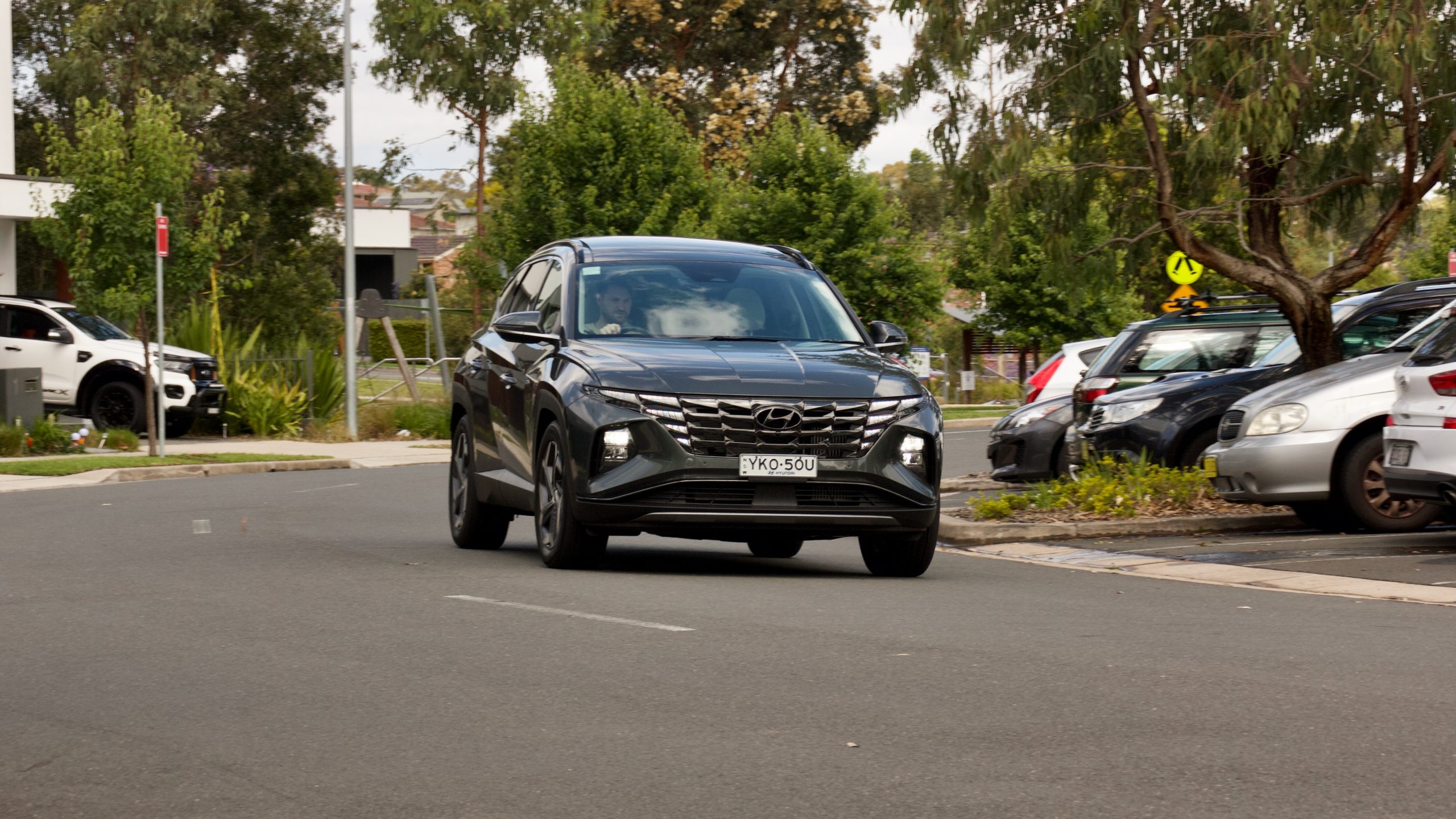
Price & Equipment: 7/10
While pricing for the 2021 Hyundai Tucson range starts at $34,500 plus on-road costs, we tested the top-spec Highlander 1.6T AWD that starts at $50,000 plus on-road costs (around $55,000 drive away and $4,000 more than the front-wheel drive 2.0-litre petrol variant). Buyers can spend even more by adding a 2.0-litre turbo diesel, also with all-wheel drive, though it’s a pricey $57,000 drive away.
The top-spec Tucson Highlander we tested features 19-inch alloy wheels, leather upholstery with a leather steering wheel, LED lighting, auto lights and wipers, dual-zone climate control with rear vents, a panoramic sunroof, heated, vented and electric front seats with driver’s memory functionality, a heated steering wheel, heated second row seats, an eight-speaker Bose sound system, a 10.25-inch touchscreen with wired Apple CarPlay and Android Auto, digital radio, satellite navigation with live traffic, a 10.25-inch digital driver’s display, a wireless phone charger, four USB ports, configurable LED interior mood lighting, rear privacy glass, an auto-dimming rear mirror, keyless entry and start with remote start, an electric tailgate, heated and auto-folding mirrors and a full-size alloy spare wheel.
Safety kit includes seven airbags (including a front centre unit), auto emergency braking (AEB) with pedestrian, cyclist and intersection assistance, blind-spot monitoring with rear cross-traffic alert, a blind-spot monitoring camera, rear auto braking, lane keep assist with lane departure warning, lane trace assist, auto high beam, adaptive cruise control with stop and go functionality, tyre pressure monitoring, intelligent speed limit assist, driver attention monitoring, rear occupant alert, safe exit assist, an alarm, leading vehicle departure alert, front and rear parking sensors and a 360-degree camera.
Colours available on the Tucson include ‘Phantom Black’, ‘Deep Sea Blue’, ‘Silky Bronze’, ‘Amazon Grey’, ‘Titan Grey’, ‘Shimmering Silver’ and ‘White Cream’ – only the latter is no-cost with the others priced at $595. Depending on the colour, black, brown or light grey leather upholstery is available – the non-black options are a further $295.
Buyers can also choose the N Line Pack, which adds racier styling and different wheels, plus sports seats and a sports steering wheel. On the Highlander, it’s a further $1,000.
What’s missing from the Tucson Highlander? European models feature tri-zone climate control and a digital key from your smartphone, while a heads-up display and a massaging driver’s seat is not available at all. But otherwise, the Tucson is very well equipped.
Competitors to the 2021 Hyundai Tucson Highlander 1.6T include the Mazda CX-5 Akera ($54,200 drive away) and the Volkswagen Tiguan 132TSI Life (with luxury package: $54,820 drive away). The Mazda is the most luxurious option here with its Nappa leather upholstery, wood trim and soft Matrix headlights, but the Tucson does come with more equipment, including a full panoramic glass sunroof and more safety systems such as rear occupant alert. The Tiguan isn’t quite as well equipped – it lacks the cooled seats of its rivals, for example – but still offers a lot of standard kit.
Performance & Fuel Economy: 6/10
While the two-wheel drive version of the 2021 Hyundai Tucson Highlander uses a 115kW/192Nm 2.0-litre petrol engine, we tested the all-wheel drive petrol Tucson, which steps up to a 132kW/265Nm 1.6-litre turbocharged four-cylinder engine. The 2.0-litre car uses a six-speed automatic transmission, the 1.6-litre turbo car uses a seven-speed dual-clutch automatic and unlike the front-wheel drive Tucson 2.0L, the 1.6T is all-wheel drive.
We found the 2.0-litre donk in the 2WD Tucson to be fine for the base model, but lacklustre for the $50k Highlander and unfortunately, the story is similar for the Tucson 1.6T. While its outputs are healthier, with 17kW more power and a full 73Nm more torque lower in the rev range, it’s spoilt by the dopey seven-speed dual-clutch transmission.
The transmission suffers from the low-speed hesitancy that’s typical of the type from all brands, but the transmission in our test car was very easily confused no matter what the speed and progress was just not smooth regardless of the drive mode selected. Even shifting manually using the paddle shifters didn’t help. It’s a shame as we’ve found the same drivetrain in the i30 to be much better – though still not perfect. Hyundai claims that the Tucson 1.6T will use 7.2L/100km on a combined cycle, and we achieved 9.4L/100km in our testing, which is only around half a litre less than what we achieved in the 2.0-litre Tucson. It can run on 91RON fuel and features a 54-litre tank.
The added weight of the all-wheel drive system – 126kg more – largely offsets the extra grunt of the turbocharged engine and really, we think saving $3,000 and sticking to the 2.0-litre petrol engine is the way to go. If you need all-wheel drive, the excellent Tucson diesel is also available – but for even more money than the 1.6T.
Ride & Handling: 8/10
Now based on the same platform as the larger Santa Fe, the 2021 Hyundai Tucson Highlander 1.6T has grown in dimensions – its 4,630mm length is 150mm longer, its 1,865mm width is 15mm wider and its 1,665mm height is 5mm taller than the previous-generation car. The wheelbase is 85mm longer than before as well, which helps with both interior space and ride quality – and we have to say, both are excellent.
Unlike the previous Tucson – and most other Hyundai products – the new model hasn’t been tuned for Australian tastes. Thanks to the pandemic, Hyundai’s local suspension tuning team was unable to fettle with the Tucson before it launched. Instead, they were involved with the tuning of the car for its global suspension tune, and it does feel different to drive than the previous model.
Despite the large 19-inch wheels of the Highlander, the Tucson rides quite well. Even large bumps don’t unsettle the suspension and unlike similarly large wheels on competitors, there’s no sharp edge feeling when tackling speed bumps. The steering is slightly different to the last generation car as well – it’s lighter and less feelsome, though still pleasing to use around town. Dynamically, the Tucson is a positive experience with excellent body control and lots of grip from the tyres and the all-wheel drive system as well. It’s not as sporty as the CX-5, but it provides a better balance in ride and handling than the Tiguan.
Unlike the last-generation Tucson, the new car is also very quiet for road noise, which goes well with the new car’s higher quality feel. Visibility is pretty good as well, and the active safety systems are well tuned, though not as subtle as the Tiguan’s systems.
Interior & Practicality: 9/10
The interior of the new generation 2021 Hyundai Tucson Highlander 1.6T is one of our favourites in the mid-size SUV segment. Gone is the cheap-feeling and lacklustre dashboard design and in its place is a much more cohesive, modern and higher-quality cabin that is at the pointy end of the medium SUV class. As a bonus, it’s properly roomy as well – unlike the CX-5 – and the quality is definitely better than the Tiguan.
The cabin layout is modern, and its materials are good quality as well with soft-touch panels covering most of the dashboard and doors. We really like the cloth inserts on the top of the doors and dashboard, as well as the horizontal vent that runs the width of the dashboard, which makes it feel roomier. The leather quality is also a big step up on the previous car, while the doors are much more solid this time around as well.
Centre of the cabin is Hyundai’s new 10.25-inch touchscreen with wired Apple CarPlay and Android Auto, inbuilt navigation with live traffic and digital radio. The system is quick, it’s got an excellent quality screen and the eight-speaker Bose sound system is nice and punchy as well. Plus, the 360-degree parking camera is excellent with a detailed view and a good range of adjustability. Curiously though, the smartphone mirroring is wired, which is fine – but in the base model’s smaller 8.0-inch screen, it’s wireless.
The Tucson’s cabin is quite practical with a big centre bin, large cup holders, big door pockets and a large tray with a wireless phone charger ahead of the gearbox. The all-wheel drive Tucson’s transmission is selected with buttons, which frees up more space on the centre console.
The Tucson’s rear cabin is very roomy as well – certainly more so than the CX-5 and on par with the Tiguan. It’s well featured as well with bottle holders, a reclining backrest, a centre arm rest with cupholders, heated outboard seats, vents and two USB ports to charge devices. It’s only missing a third climate zone – which European models get – and window shades.
The Tucson’s boot is rated at 539-litres – more than 100L larger than the CX-5 – and the AWD model’s boot is the same size as the 2WD variant. Folding the seats unlocks 1,860L, which is a massive 518L more than the CX-5 and 205L more than the Tiguan. The boot features a few hooks as well, tabs to fold the seats and there’s a full-size alloy spare wheel under the floor.
Service & Warranty: 8/10
Like all other new Hyundai products in Australia, the 2021 Hyundai Tucson Highlander 1.6T comes with a five-year/unlimited km warranty with a year of roadside assistance that’s topped up with each dealer service up to five years. Both Mazda and Volkswagen come with five years/unlimited km of warranty as well, but only the Mazda has roadside assistance for the warranty duration – Volkswagen keeps it topped up with each dealer service as well.
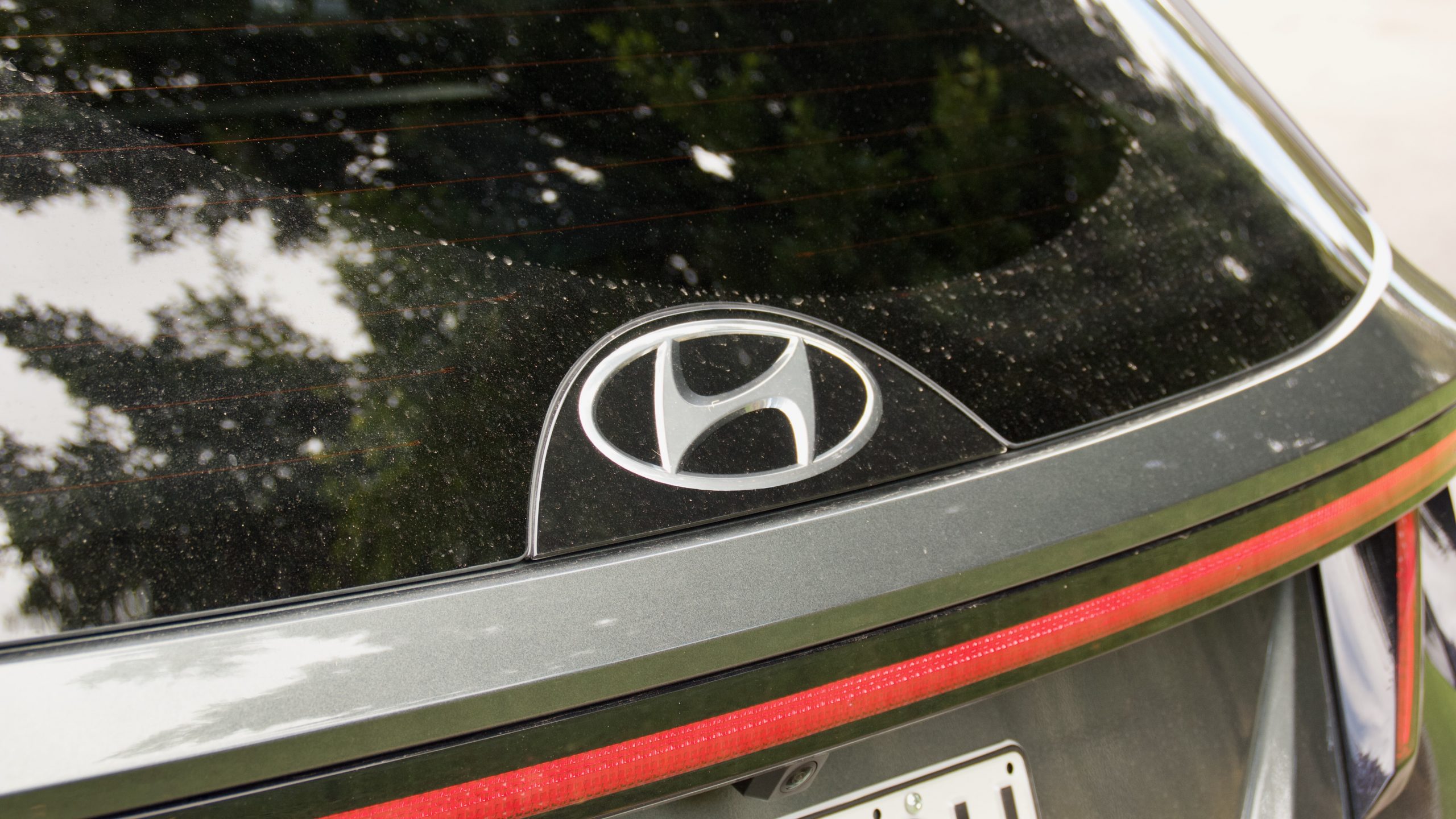
Unlike the Tucson 2.0-litre petrol, the 1.6-litre turbo petrol’s service intervals are a shorter 10,000km, which is short against the industry average of 15,000km. Each of its first five services cost $319, which is the same as the 2.0L Tucson, but with 5,000km fewer between each service. The Mazda CX-5 features the same short service intervals as the Tucson, and its service cost over five years/50,000km is $1,969 ($394 per service) – the Tiguan’s longer 15,000km intervals give it a convenience factor, but it costs significantly more to service at $3,703 ($740 per service) for five years/75,000km of servicing.
The 2021 Hyundai Tucson Highlander 1.6T AWD DiscoverAuto Rating: 7.6/10
It’s clear to see why we’re big fans of the new generation of Hyundai Tucson. It’s a big step forward for the Hyundai brand and indeed the Tucson name thanks to its quality interior, solid driving dynamics, good value equation, handsome styling and a newfound attention to detail for the Hyundai brand that we really like.
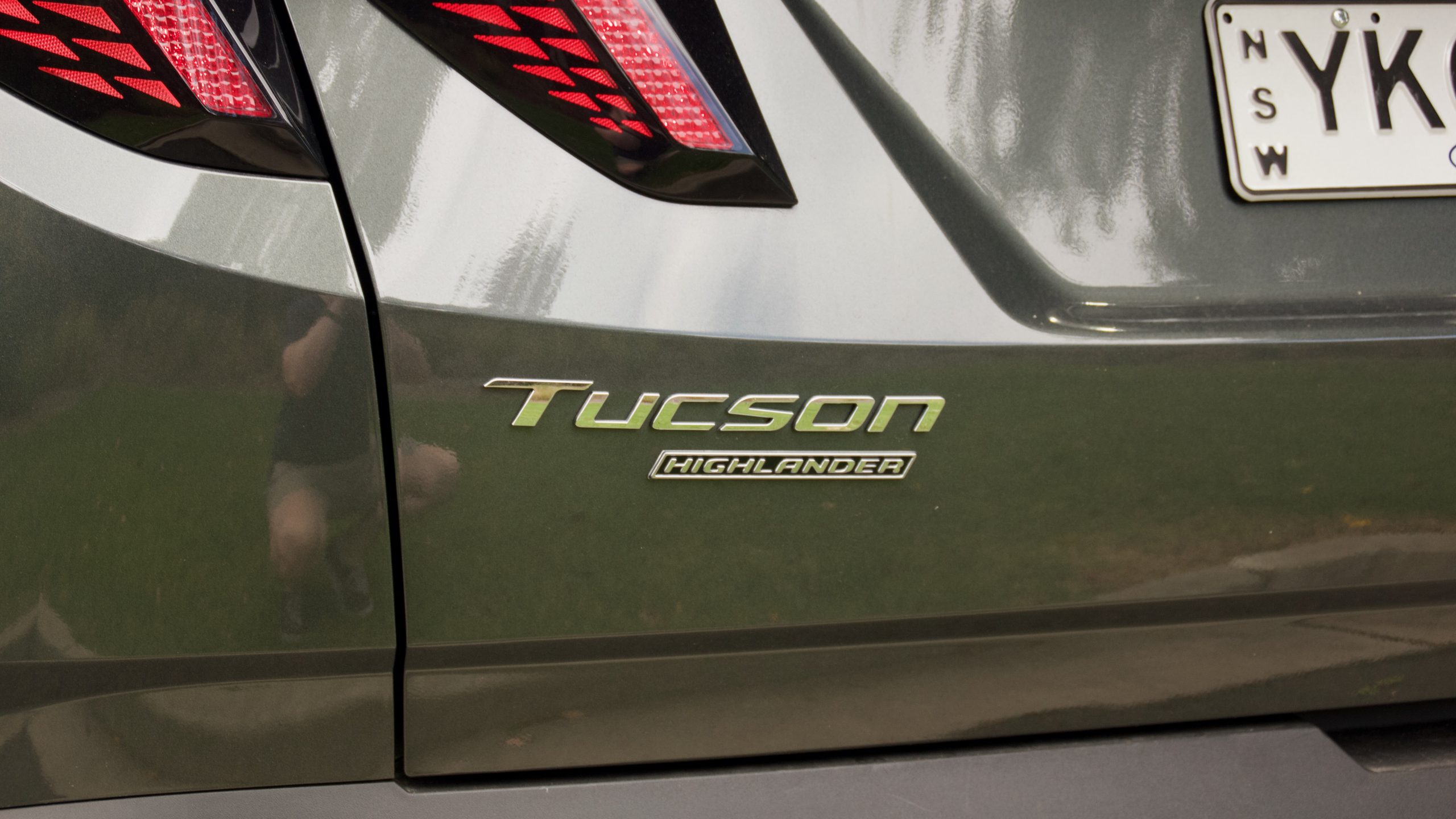
Unfortunately, the 1.6-litre turbo petrol all-wheel drive variant is not the Tucson we would buy. The engine offers a reasonable increase in outputs, but it’s matched solely to an unintuitive and dopey transmission that ruins the driving experience. The lesser 2.0-litre variant is no firecracker either, but at least it costs less money to buy in the first place. The new Tucson is a great car, but until Hyundai upgrades the Australian-spec engines, we would suggest sticking with the entry engine, or spending more and getting the excellent 2.0-litre turbo diesel engine, which manages to be frugal and punchy without a dopey transmission.
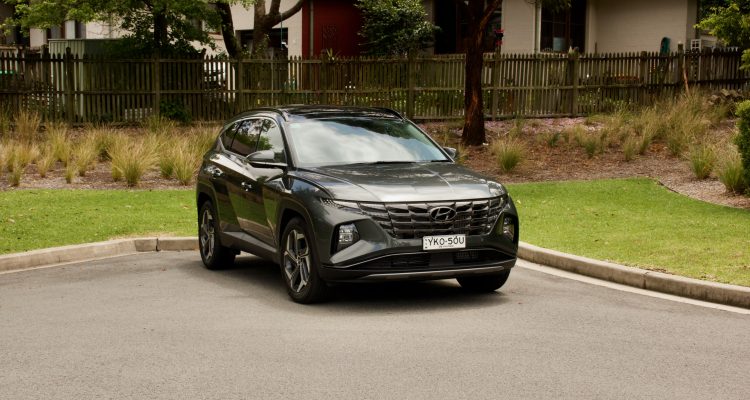
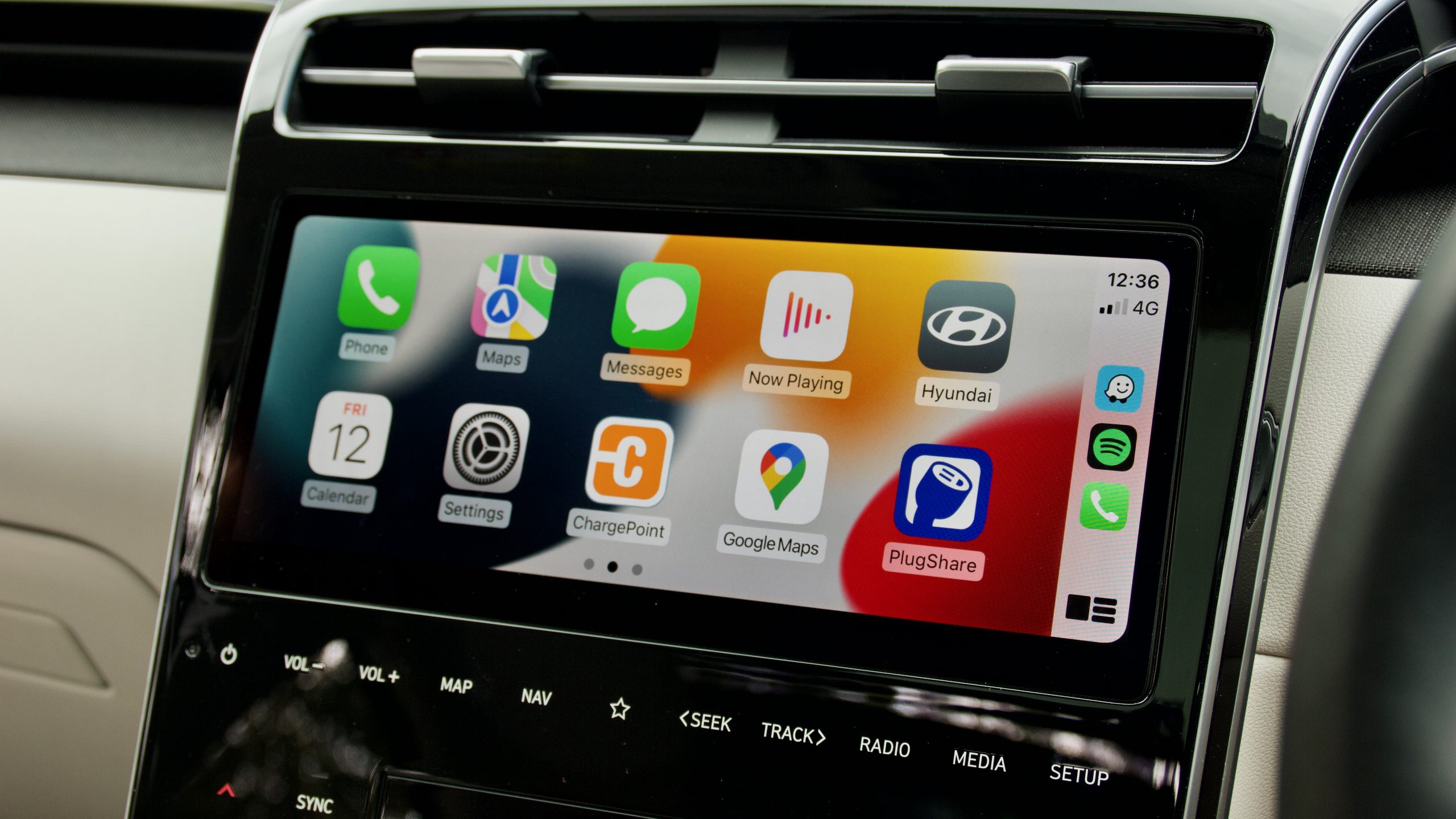
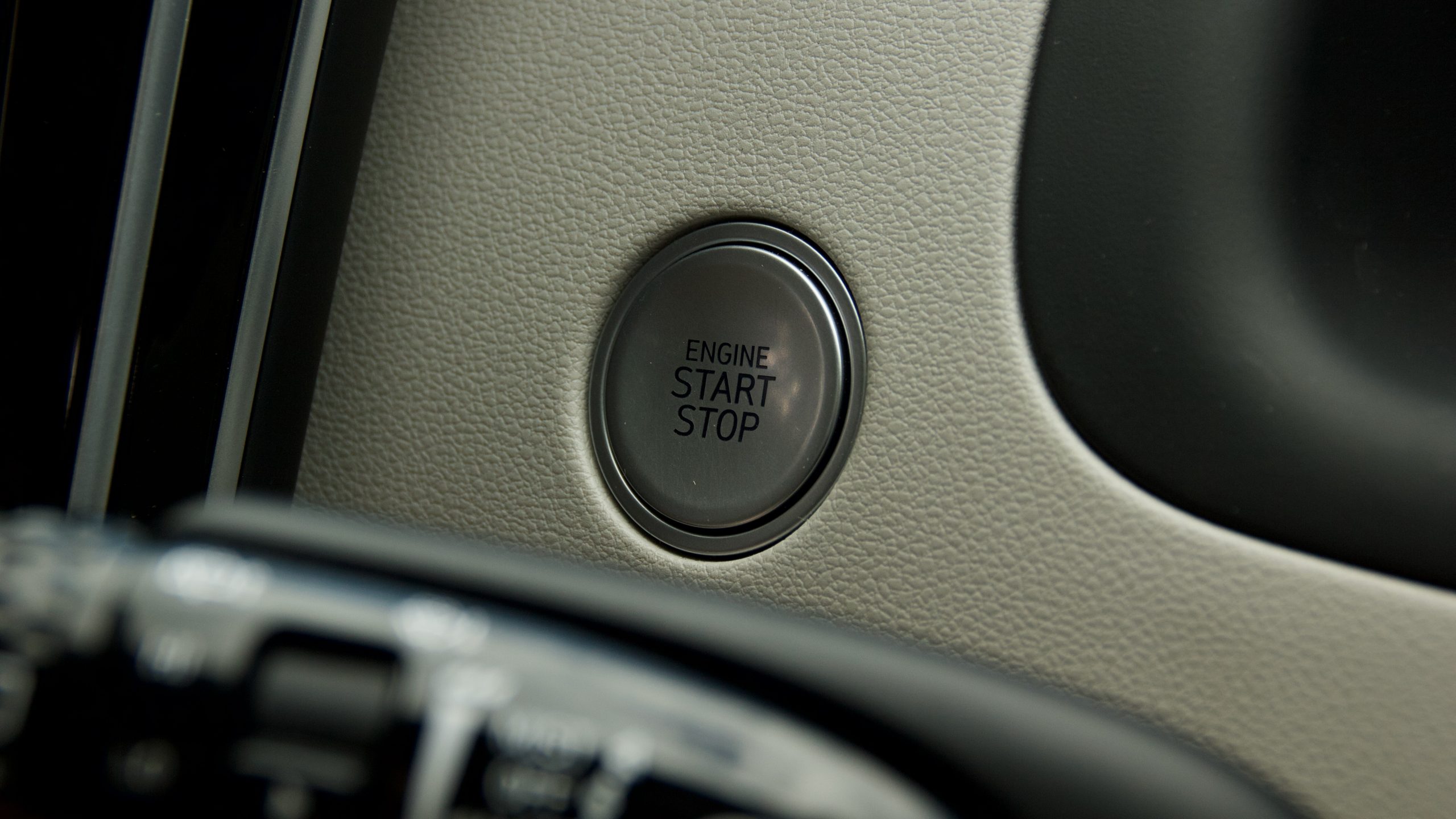
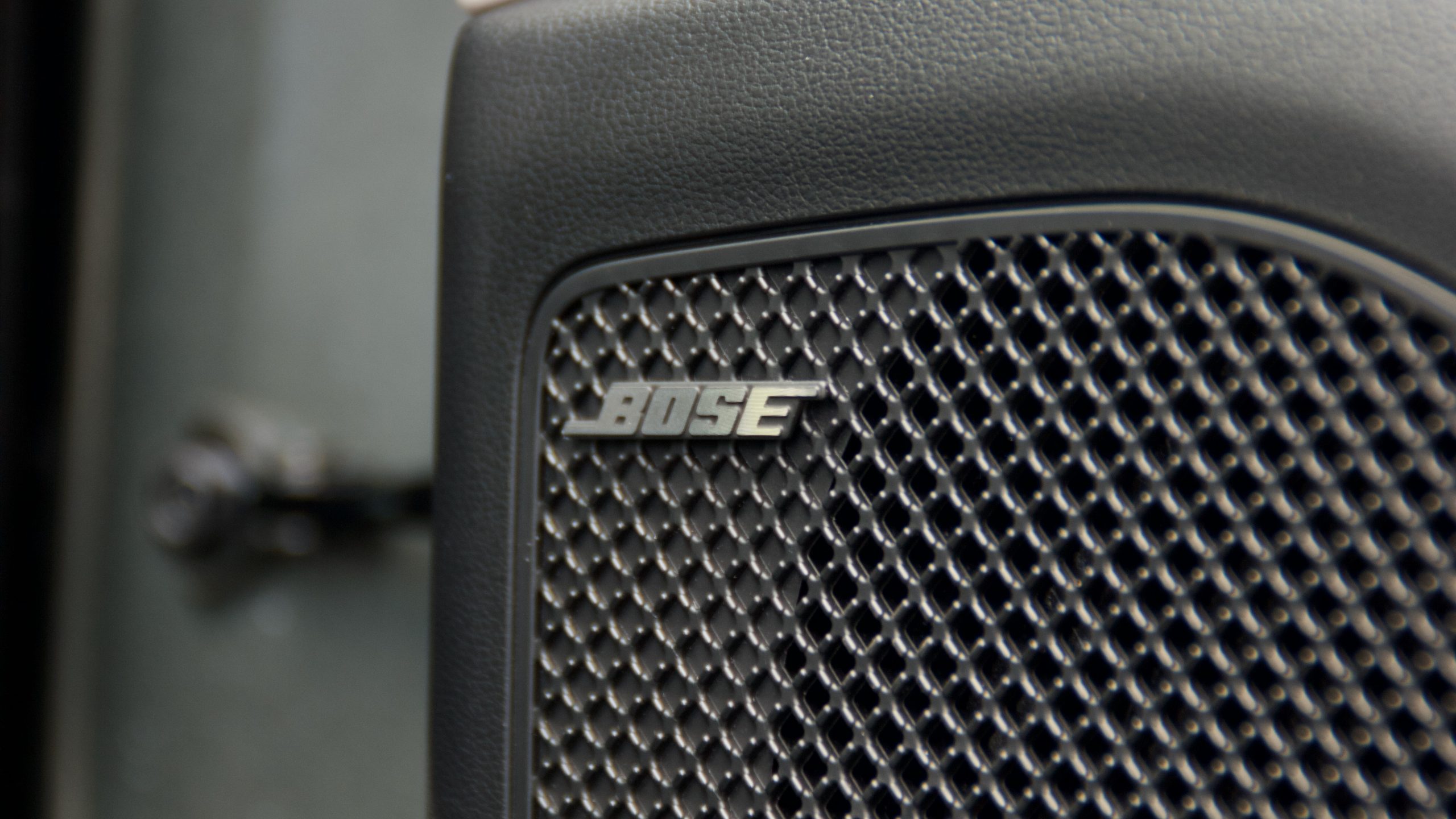
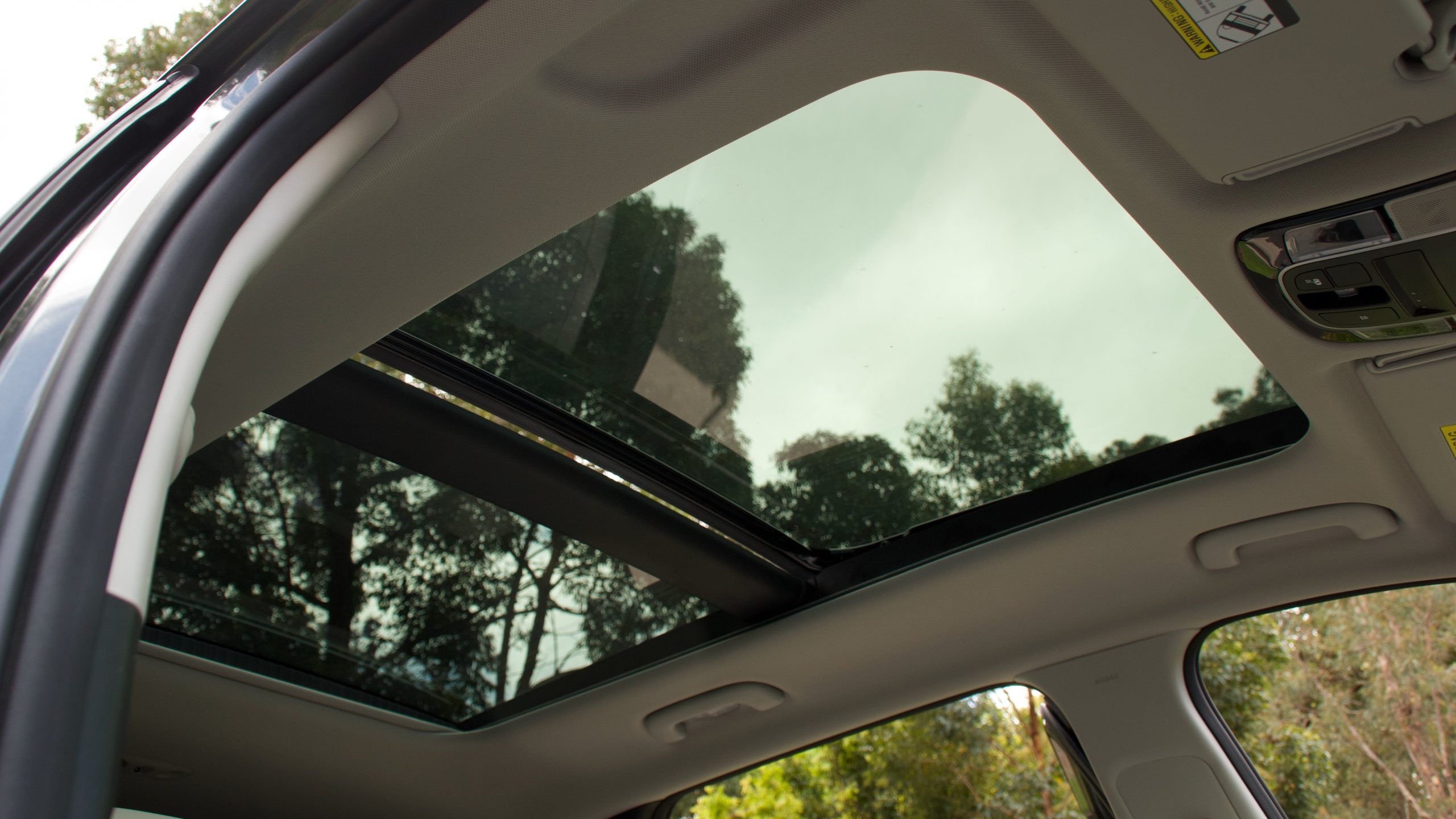
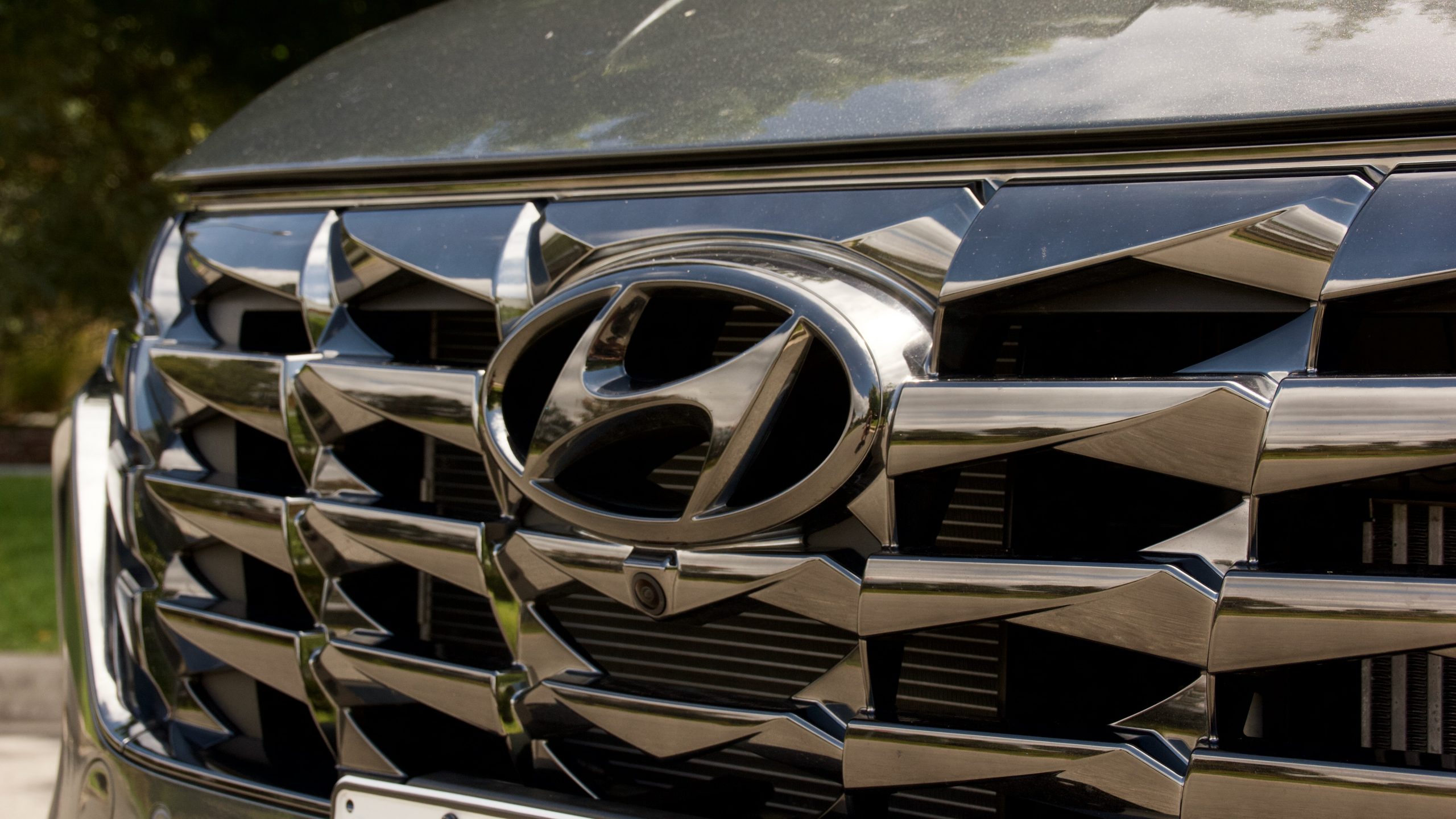
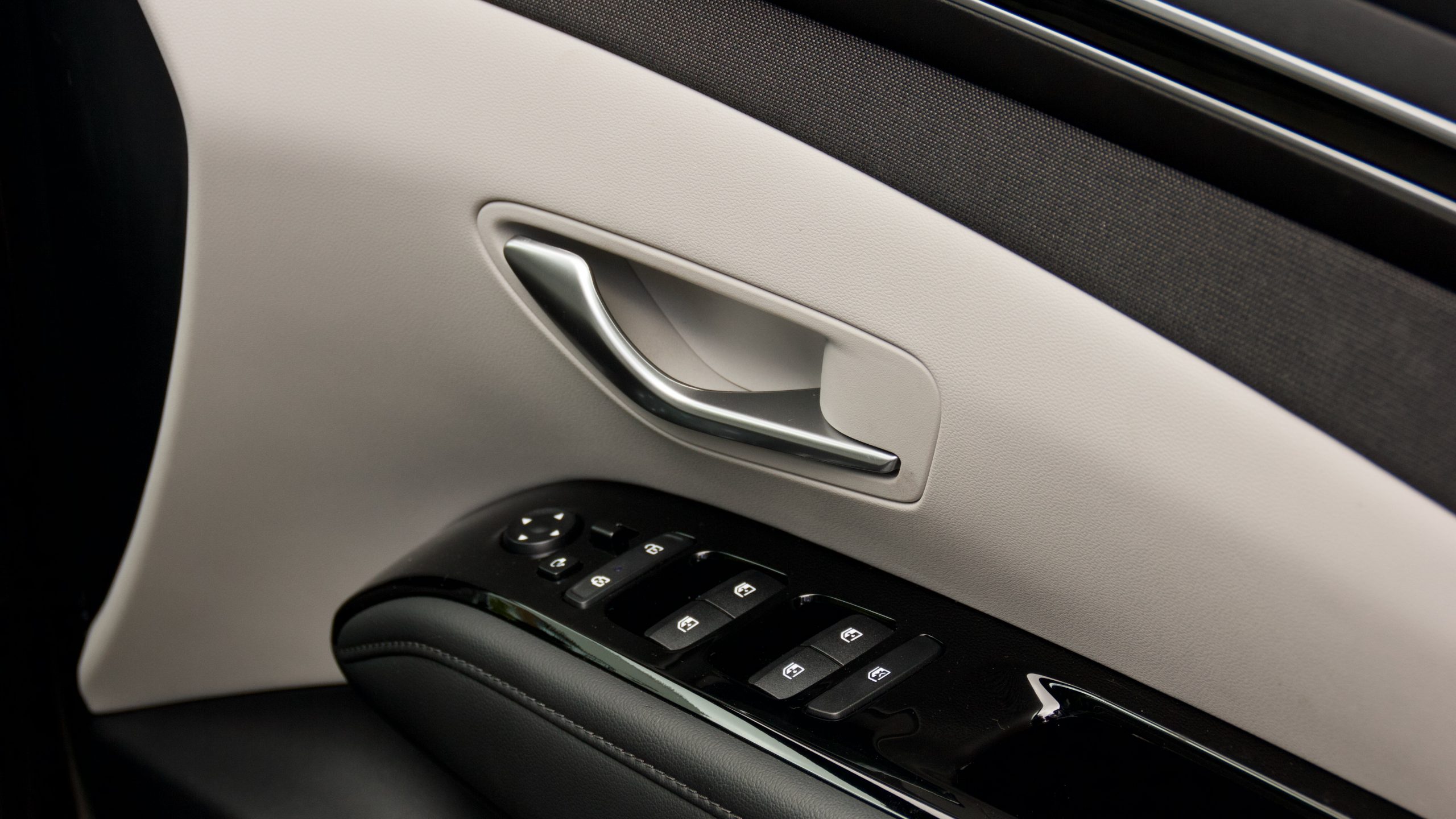
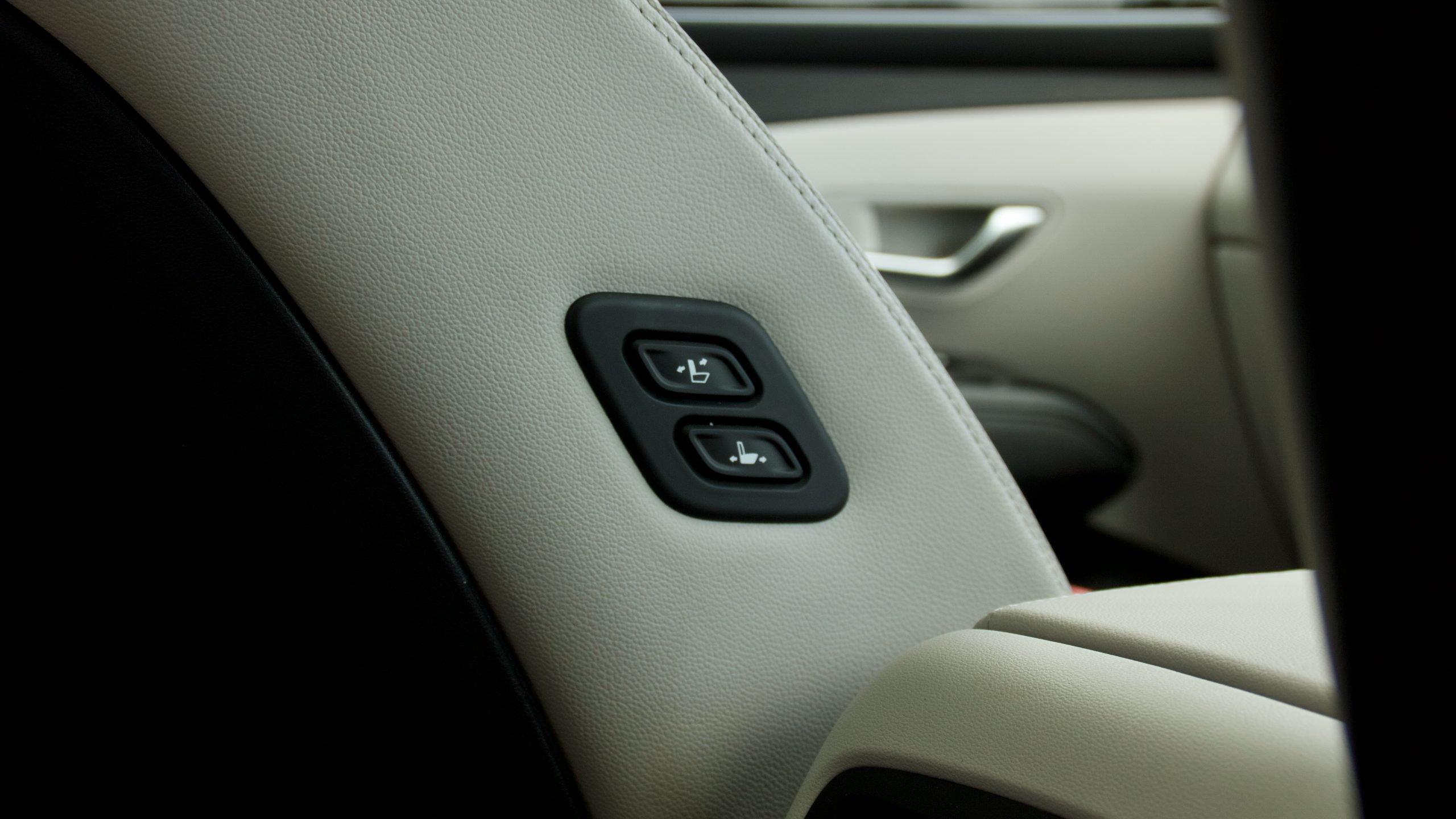
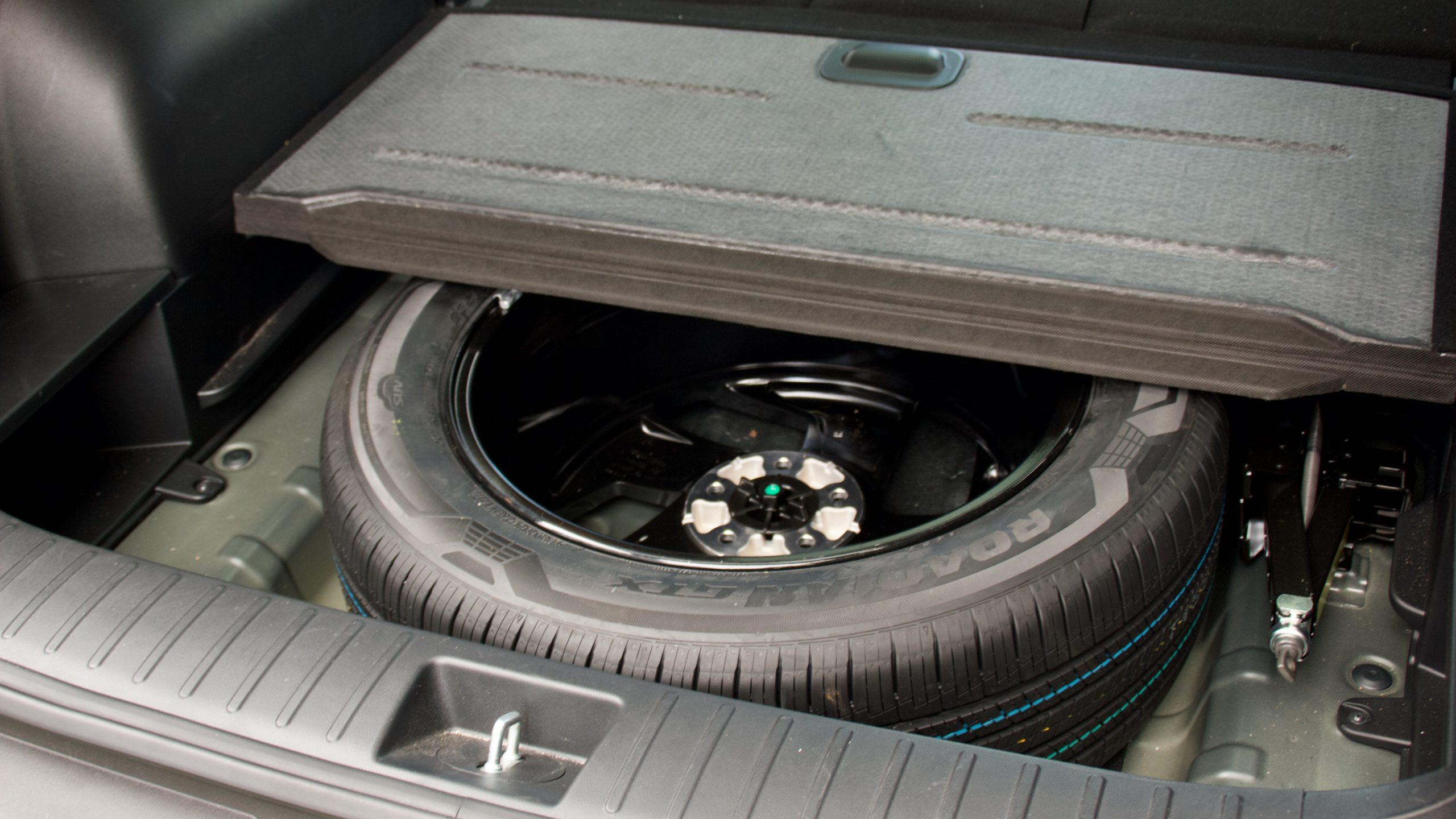
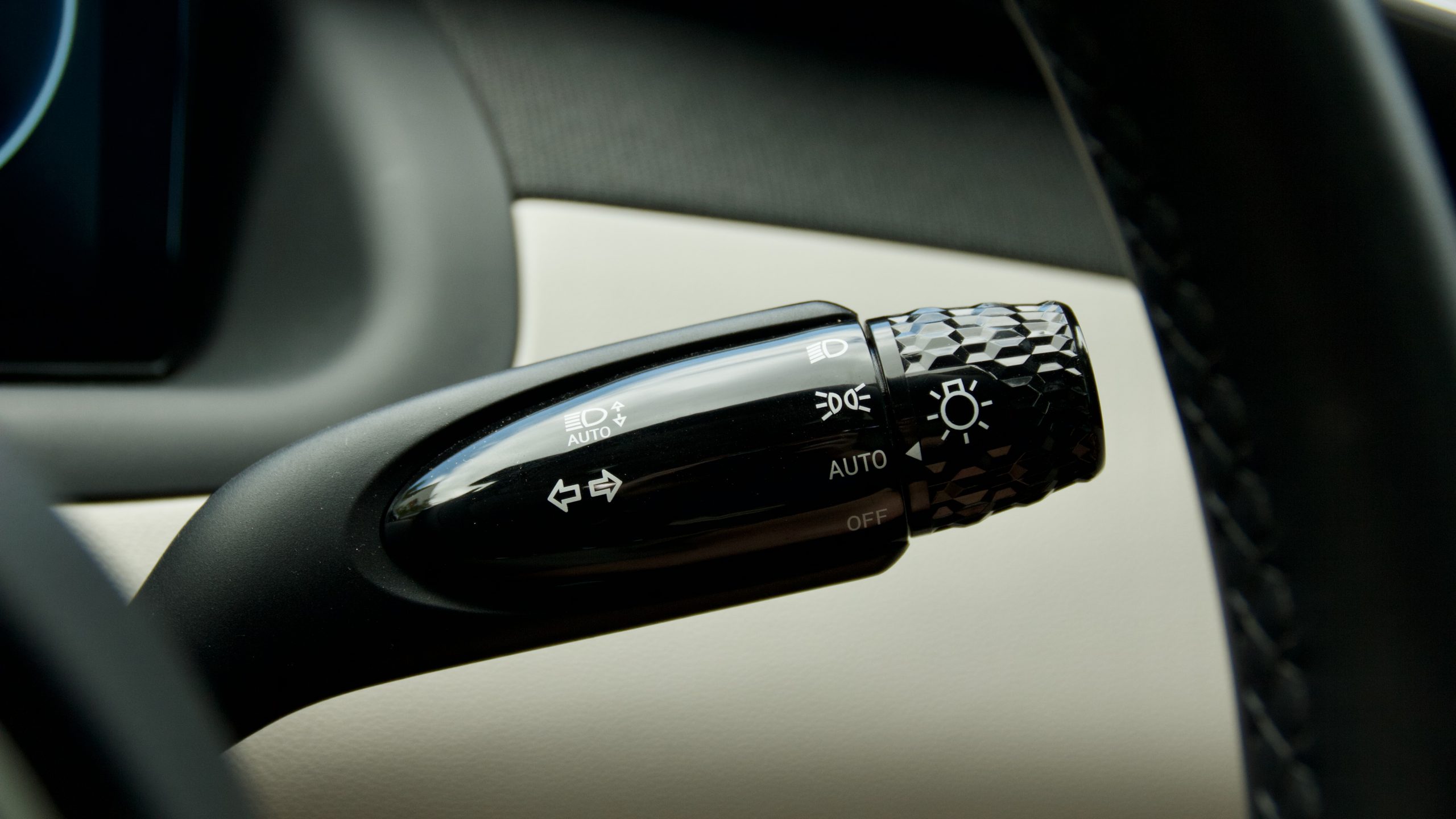
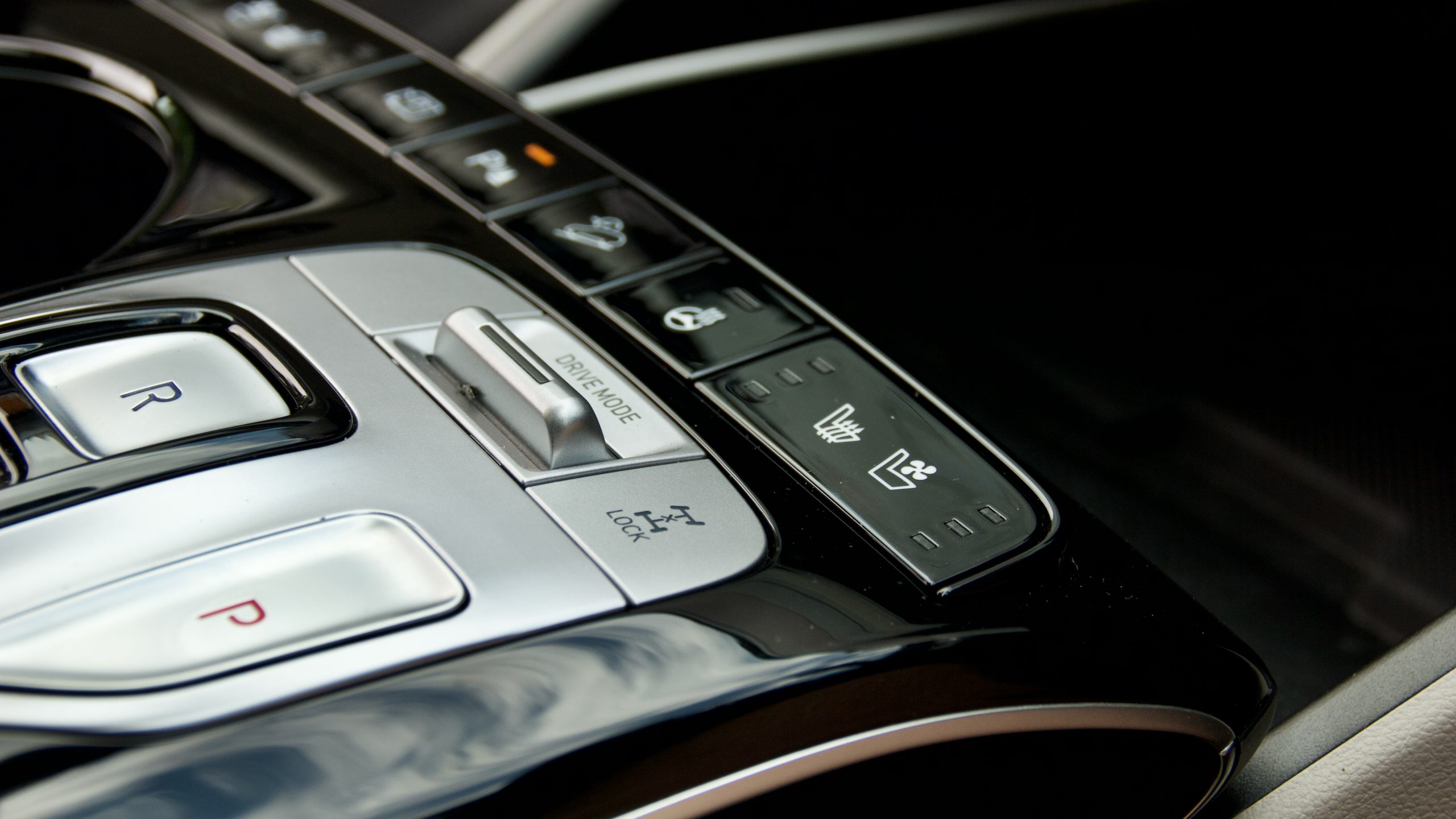
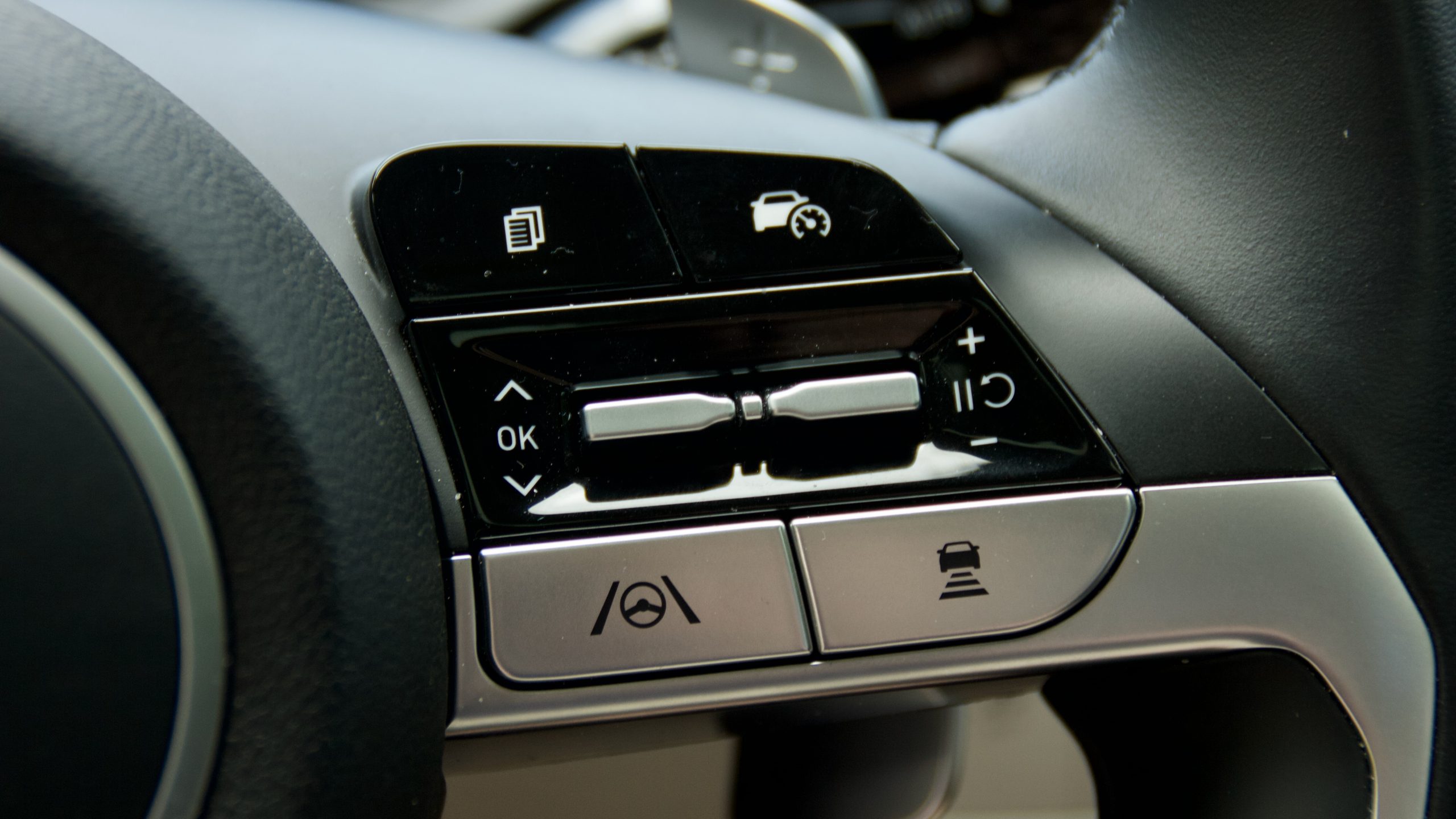
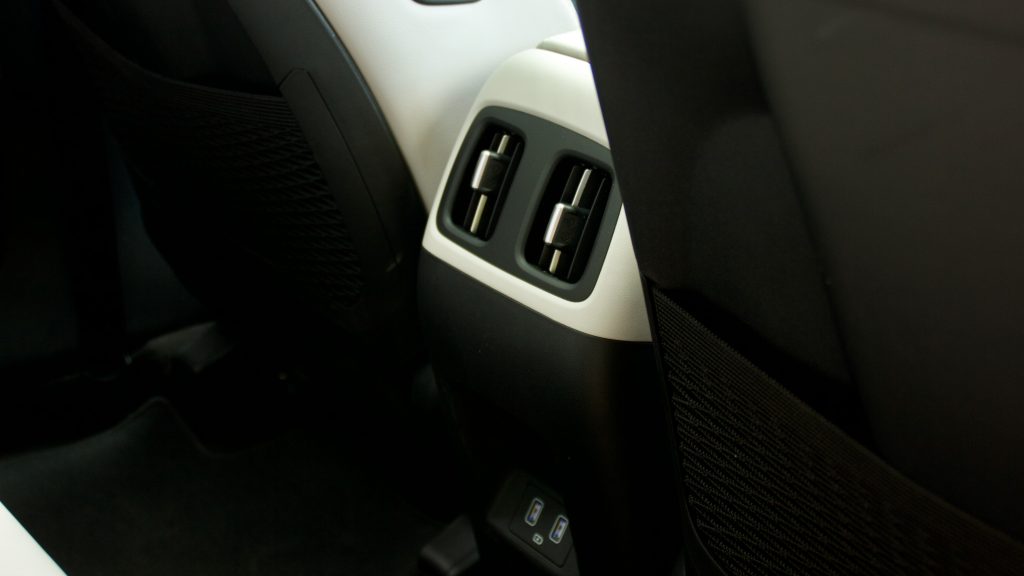
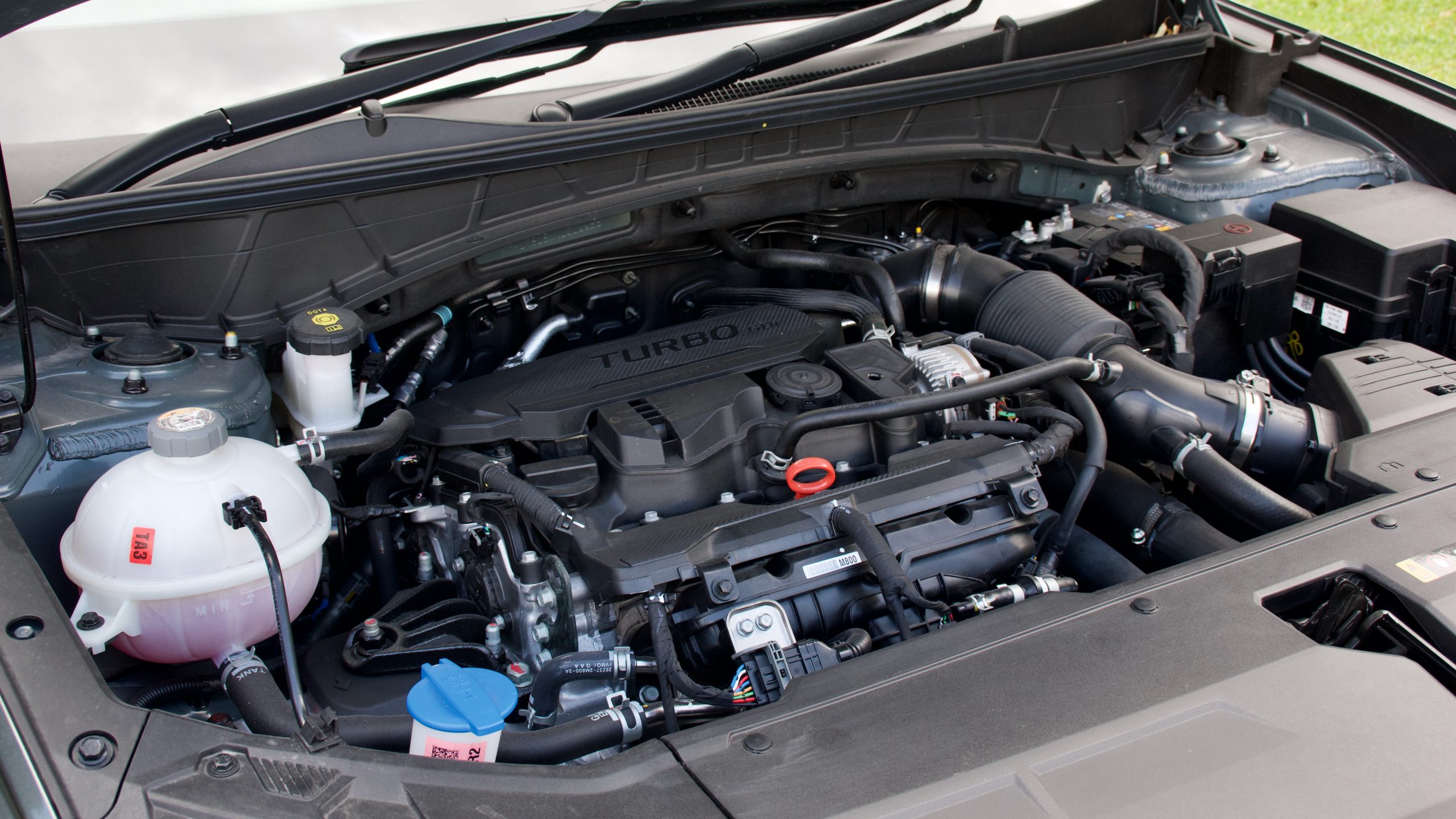
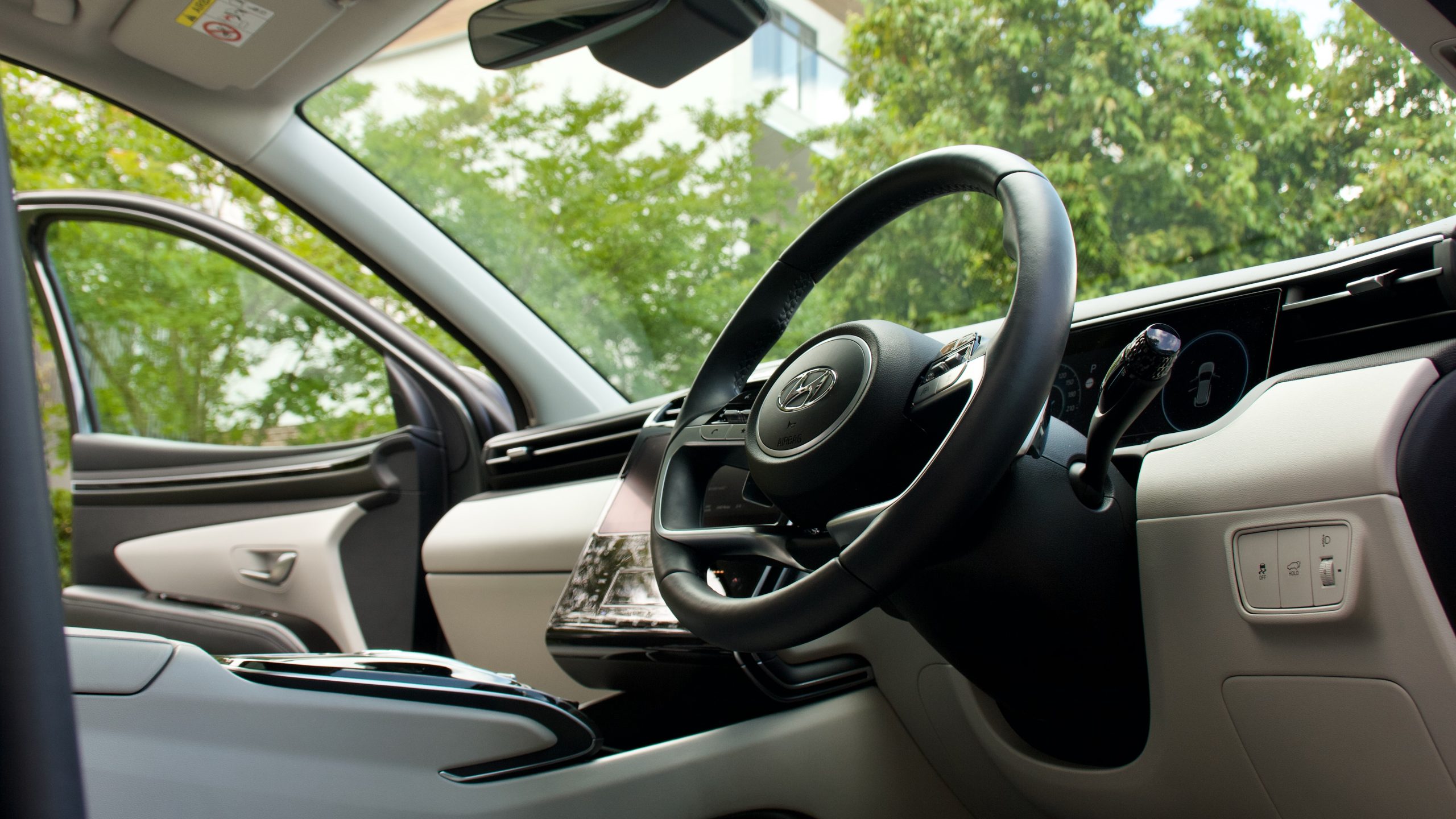
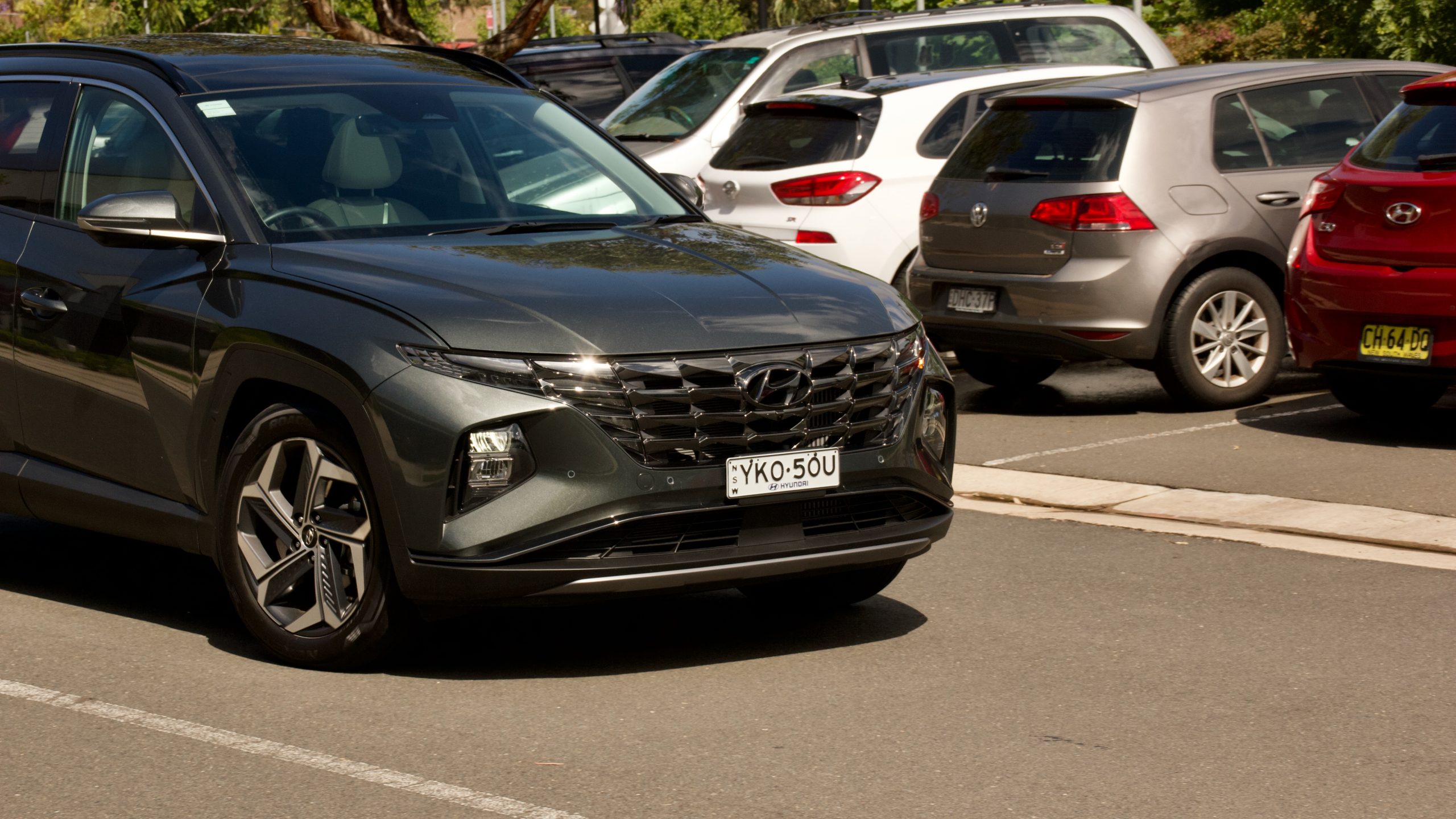
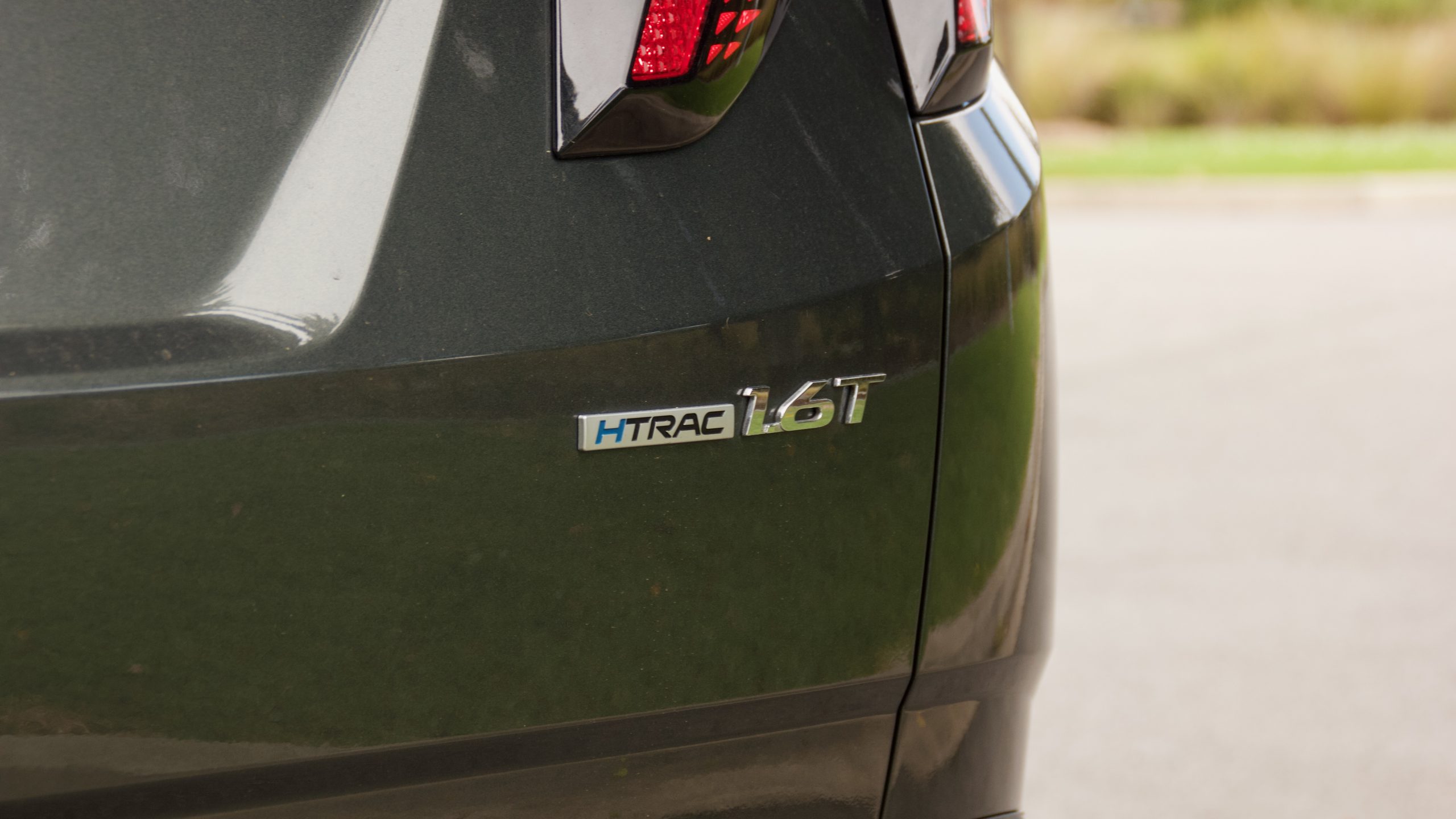
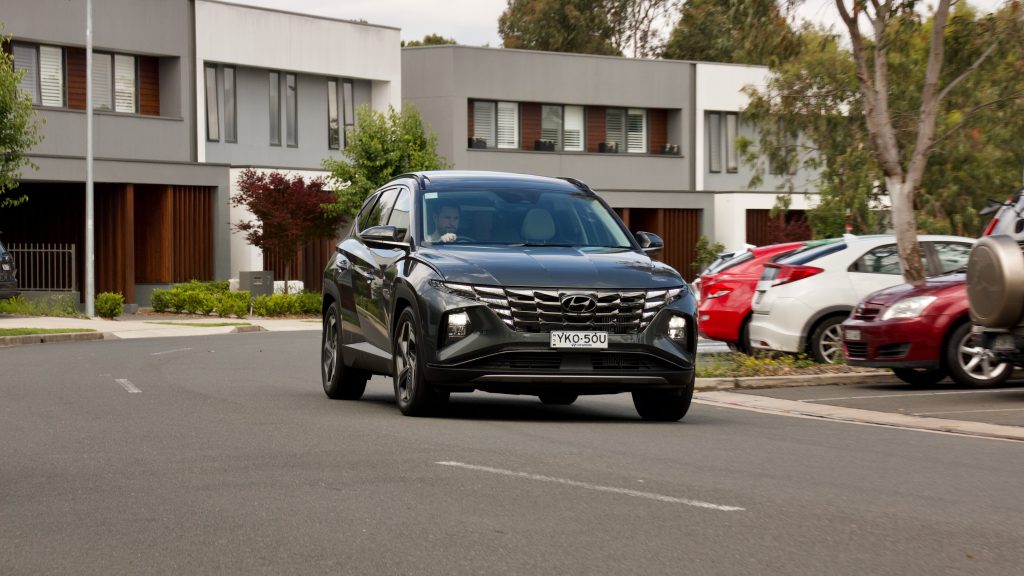
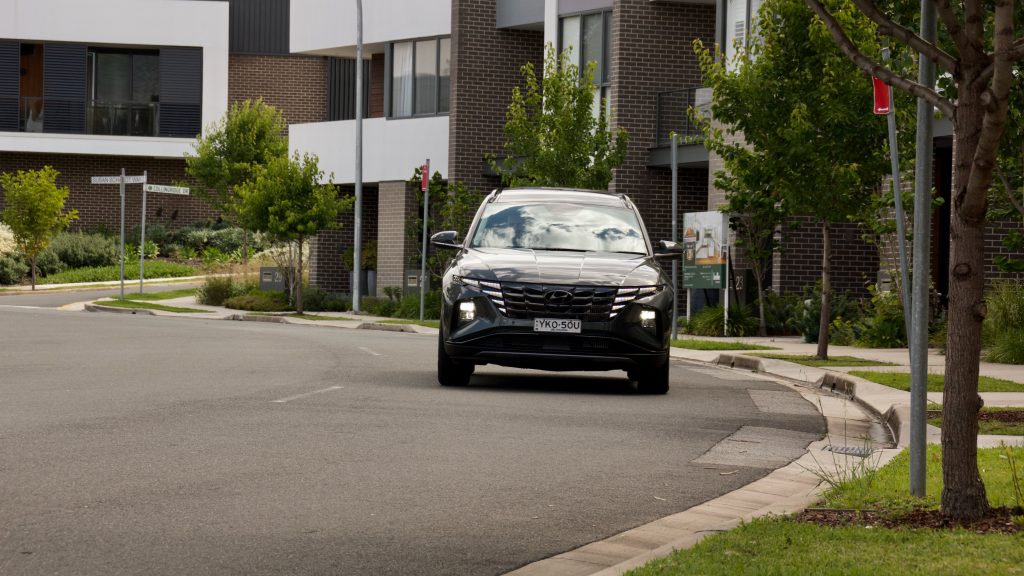
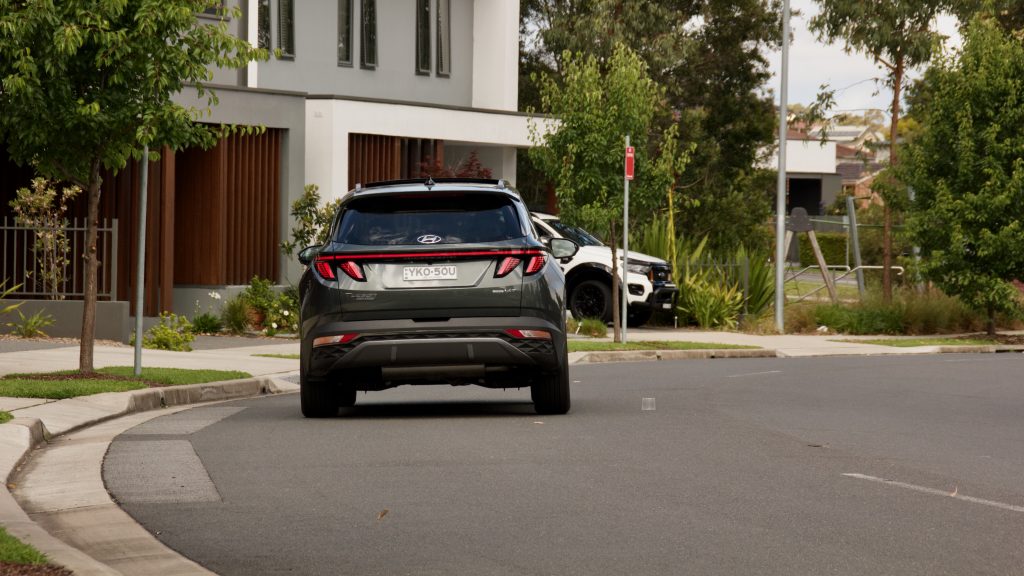
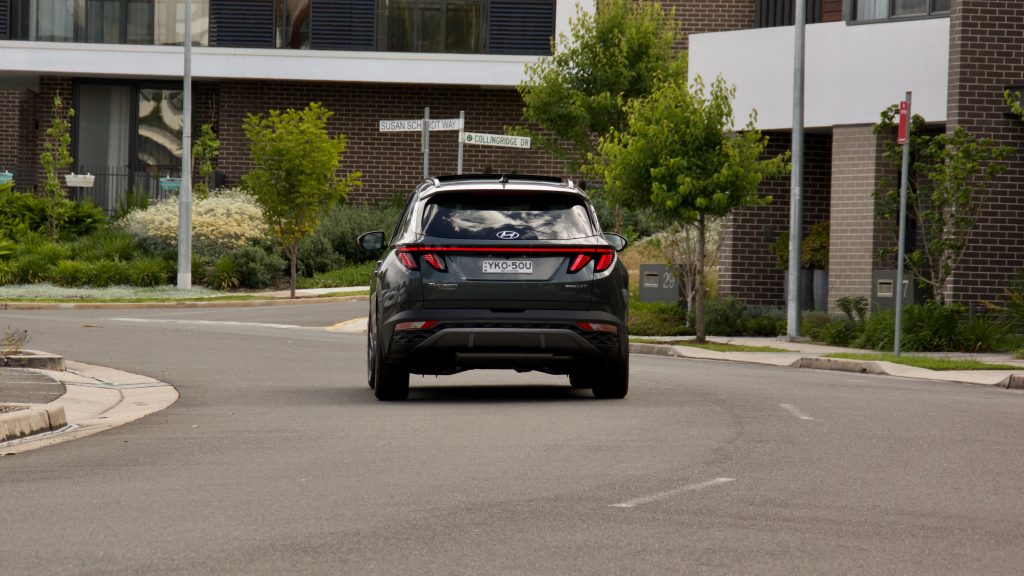
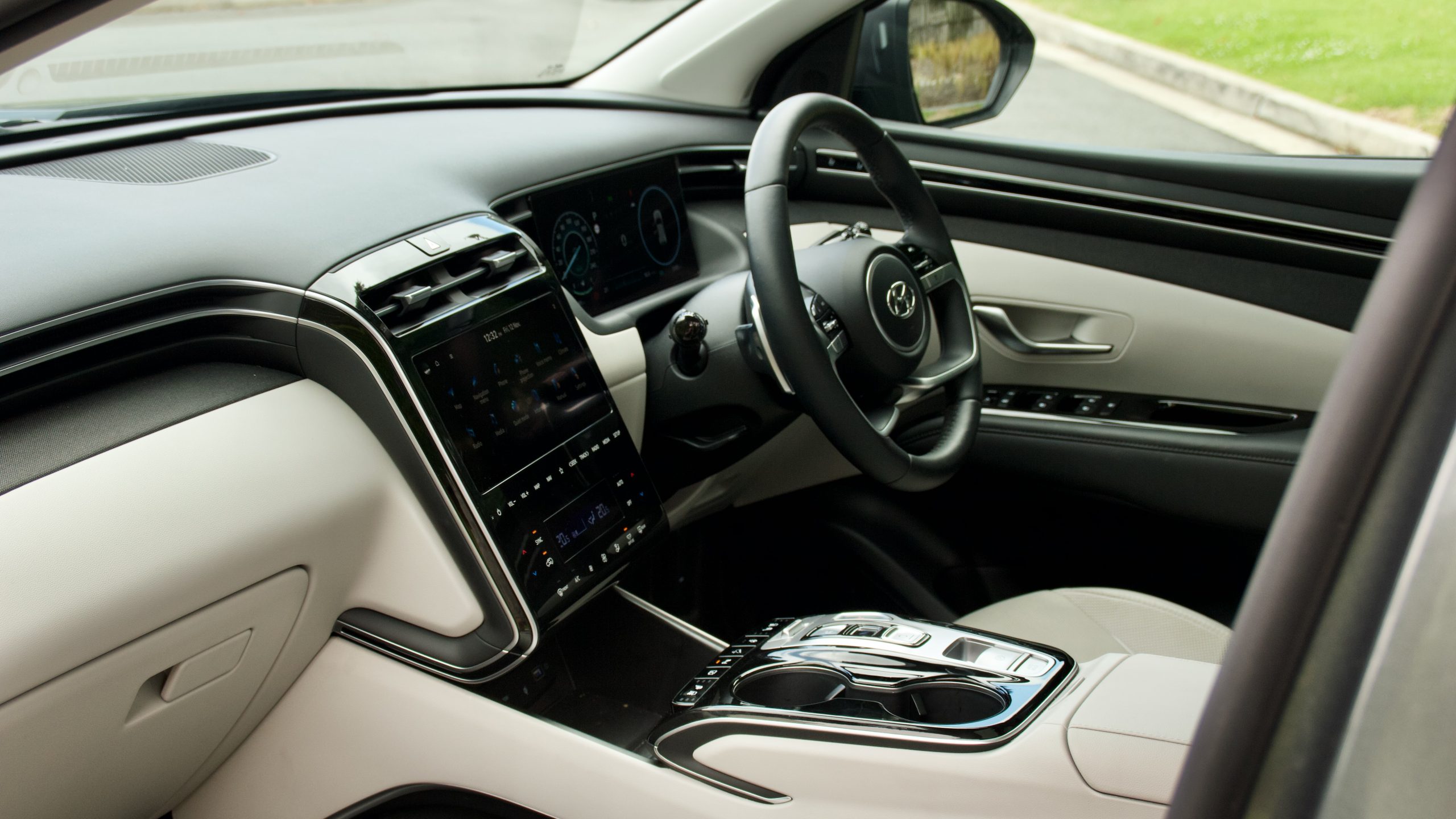
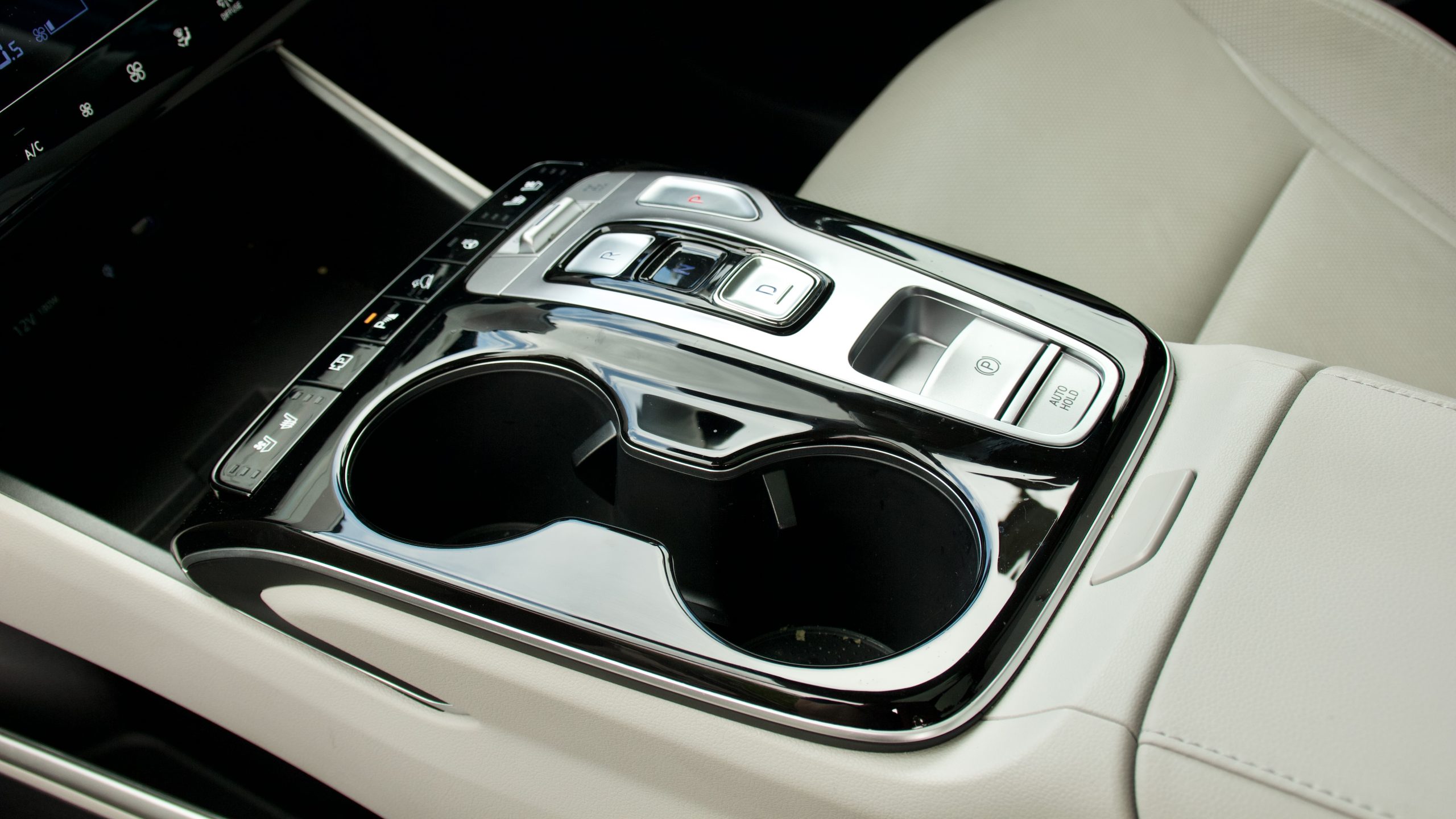
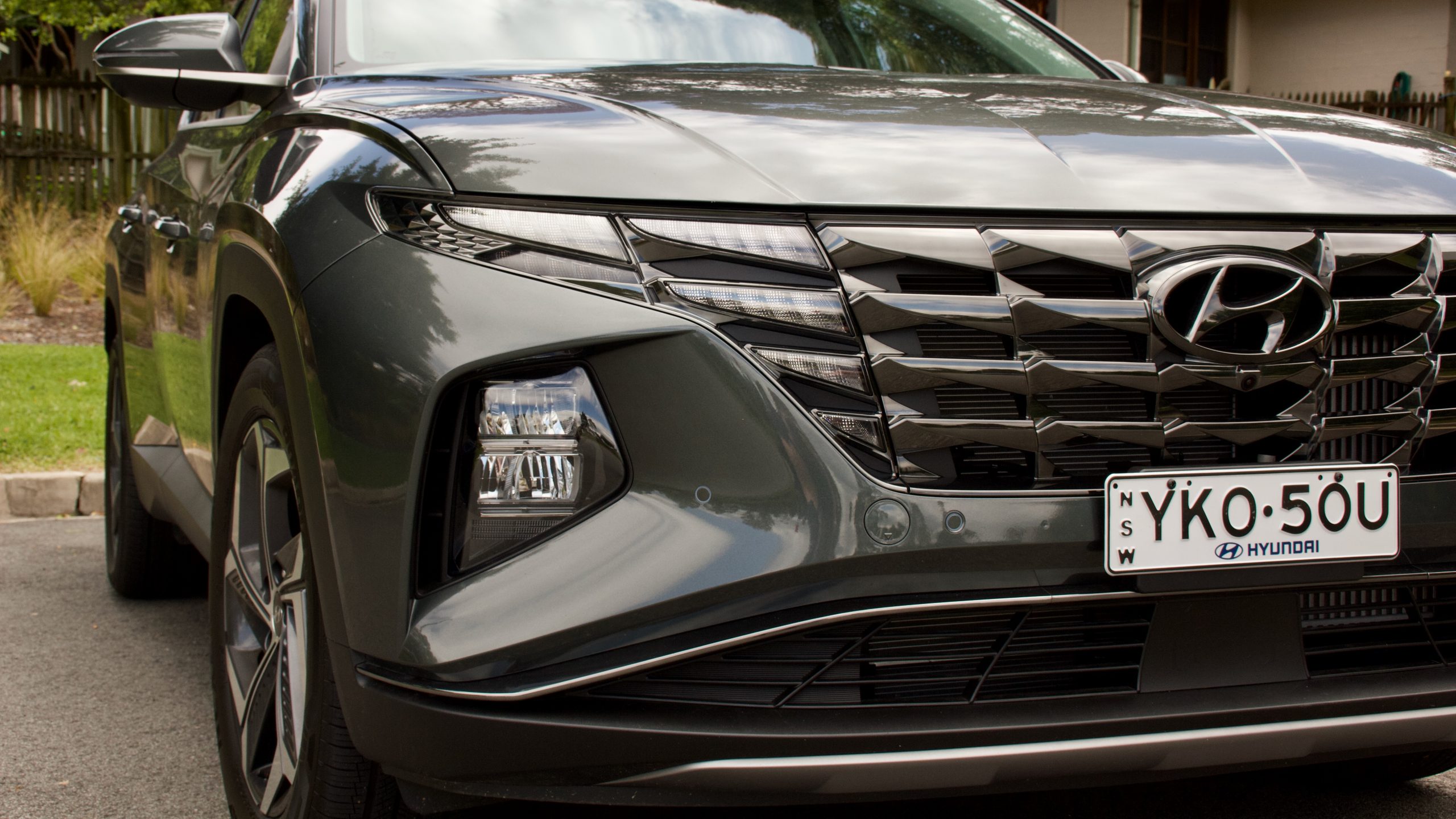
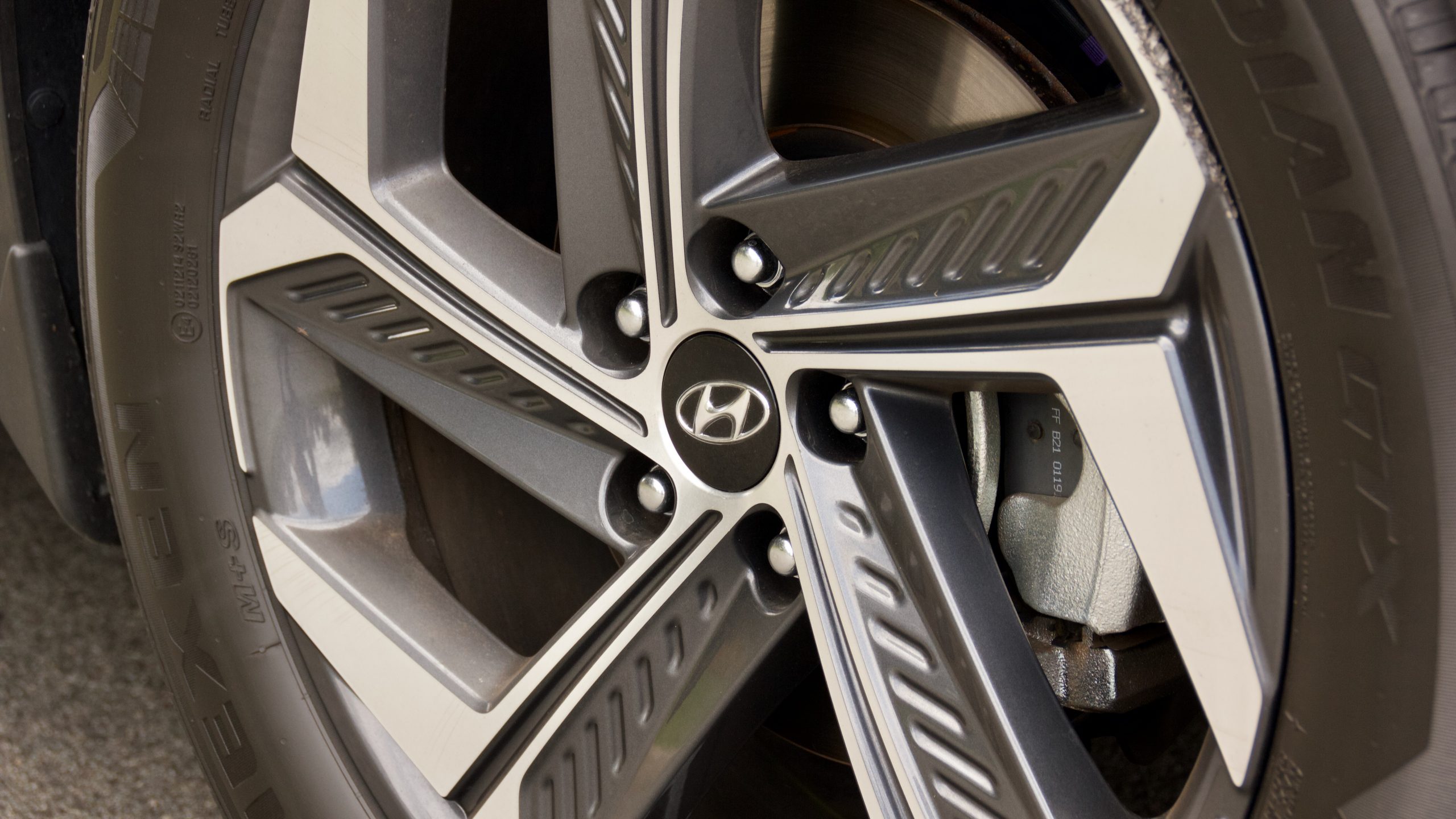
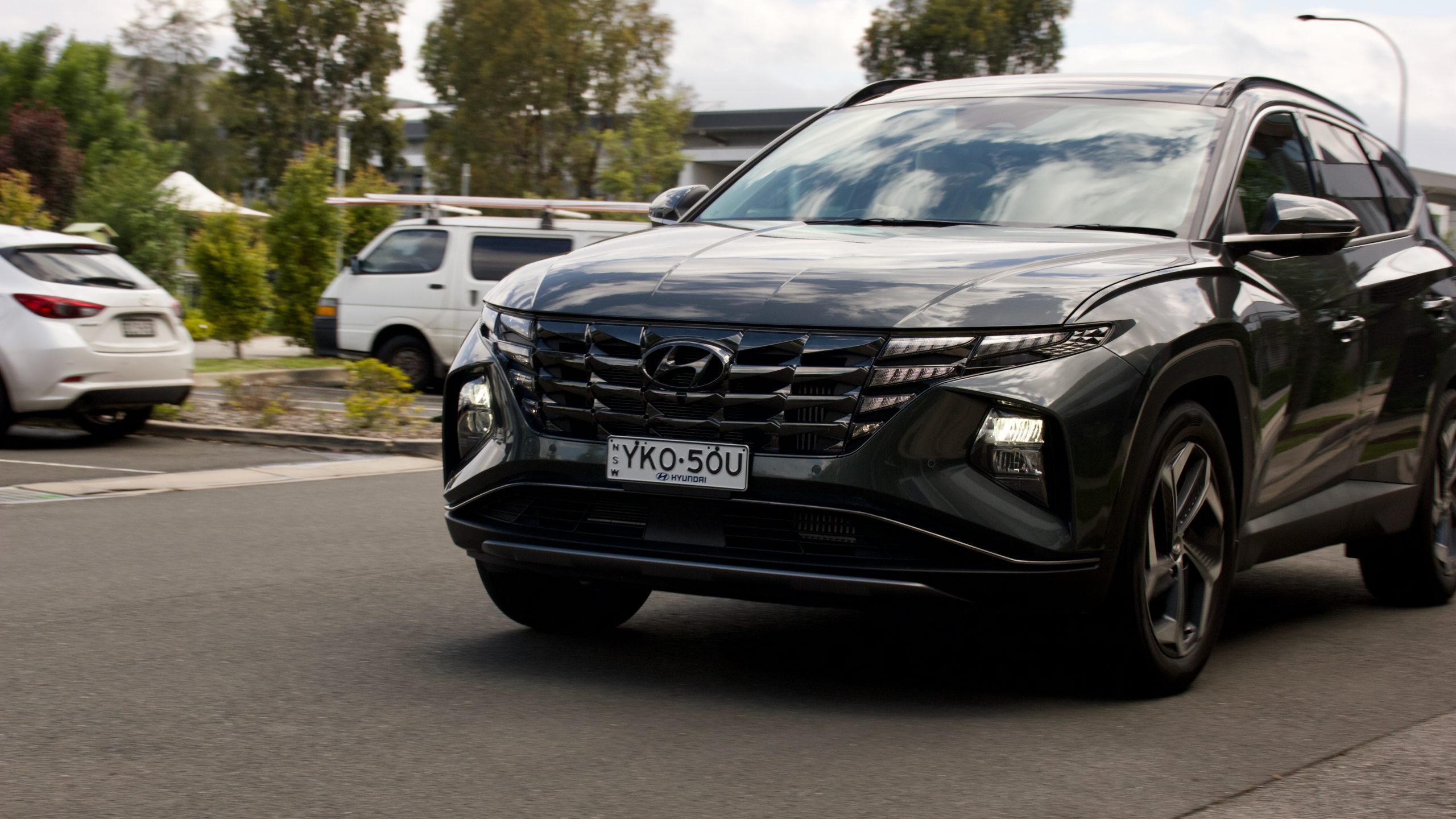
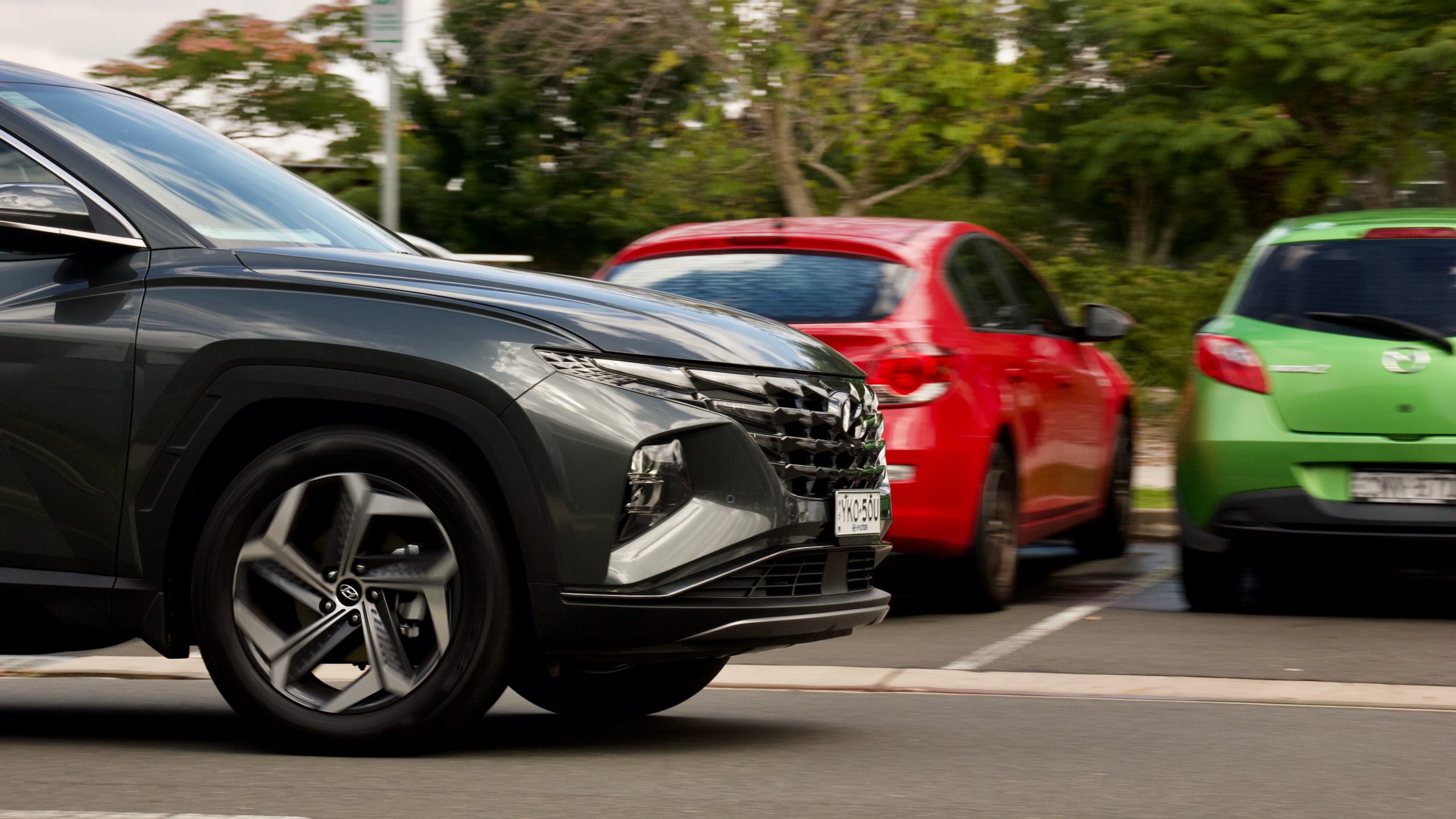
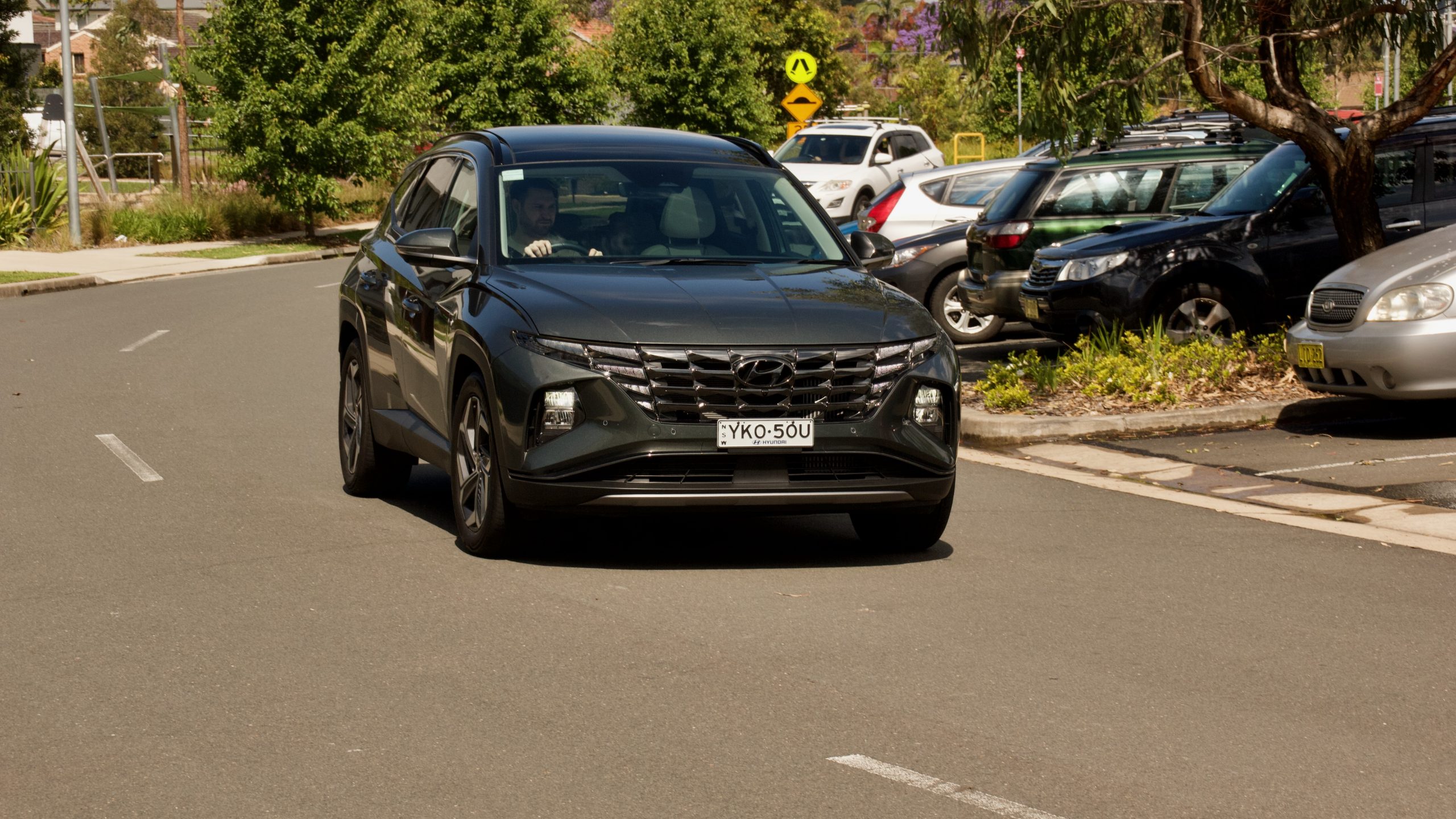
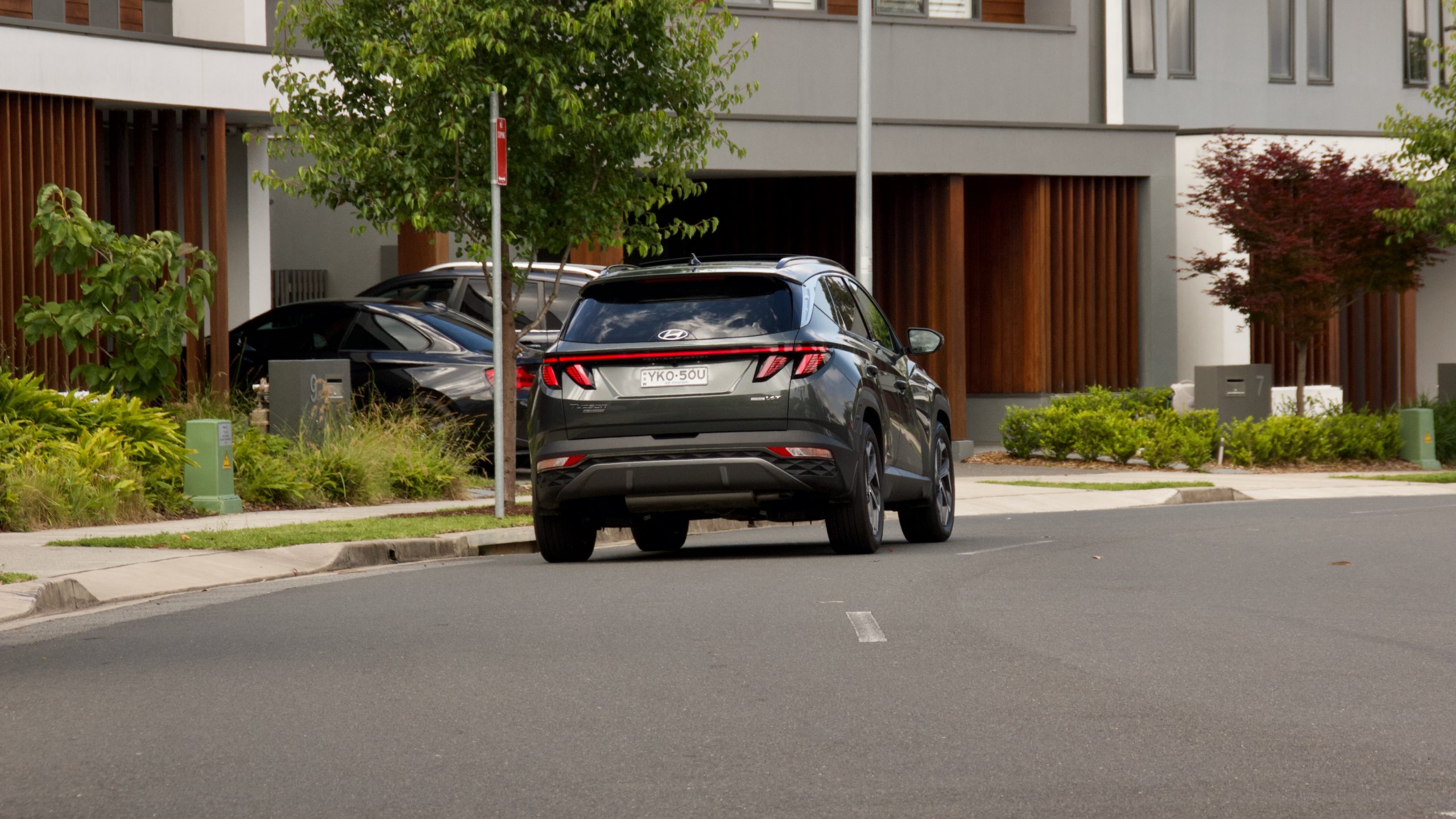
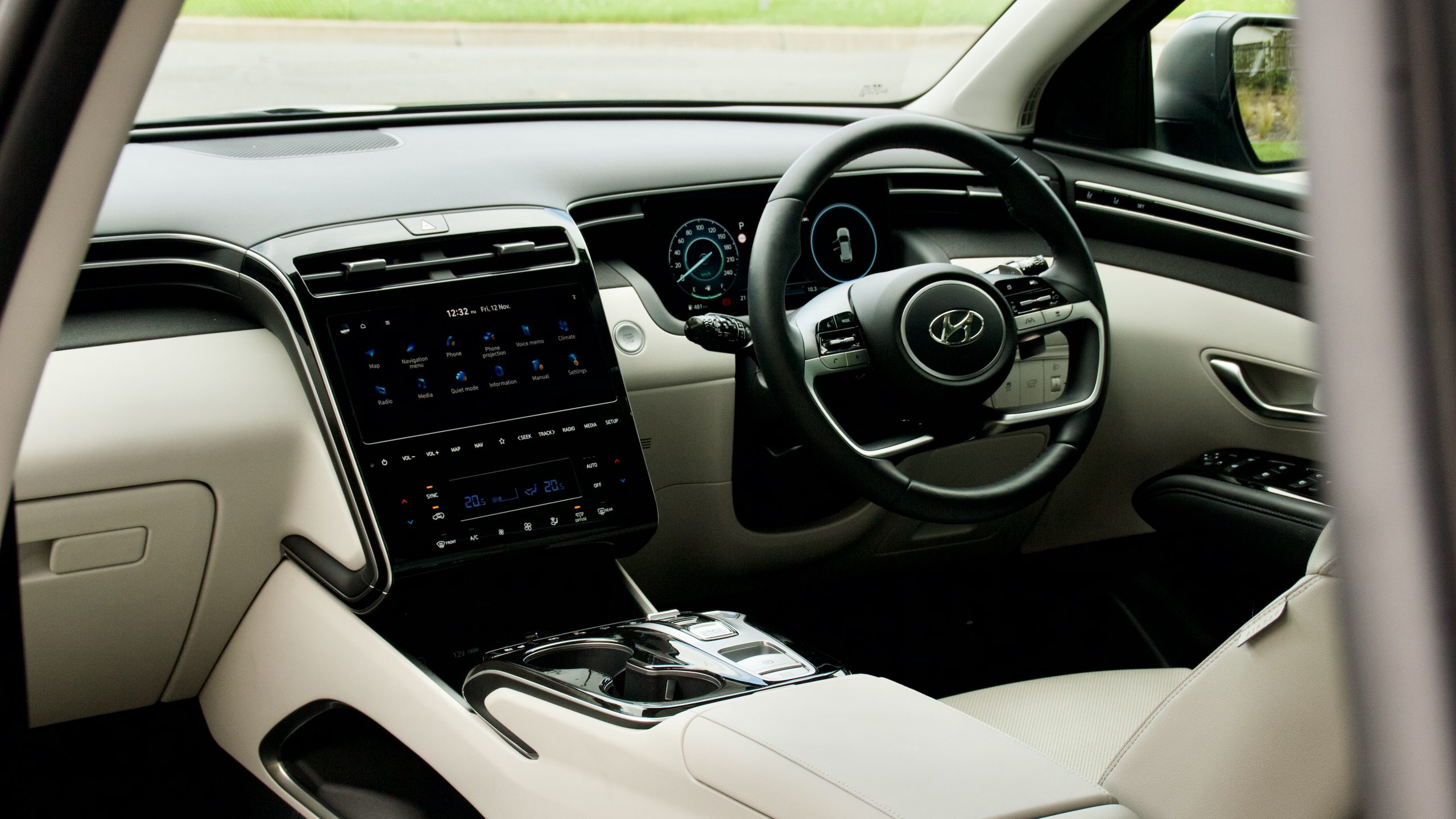
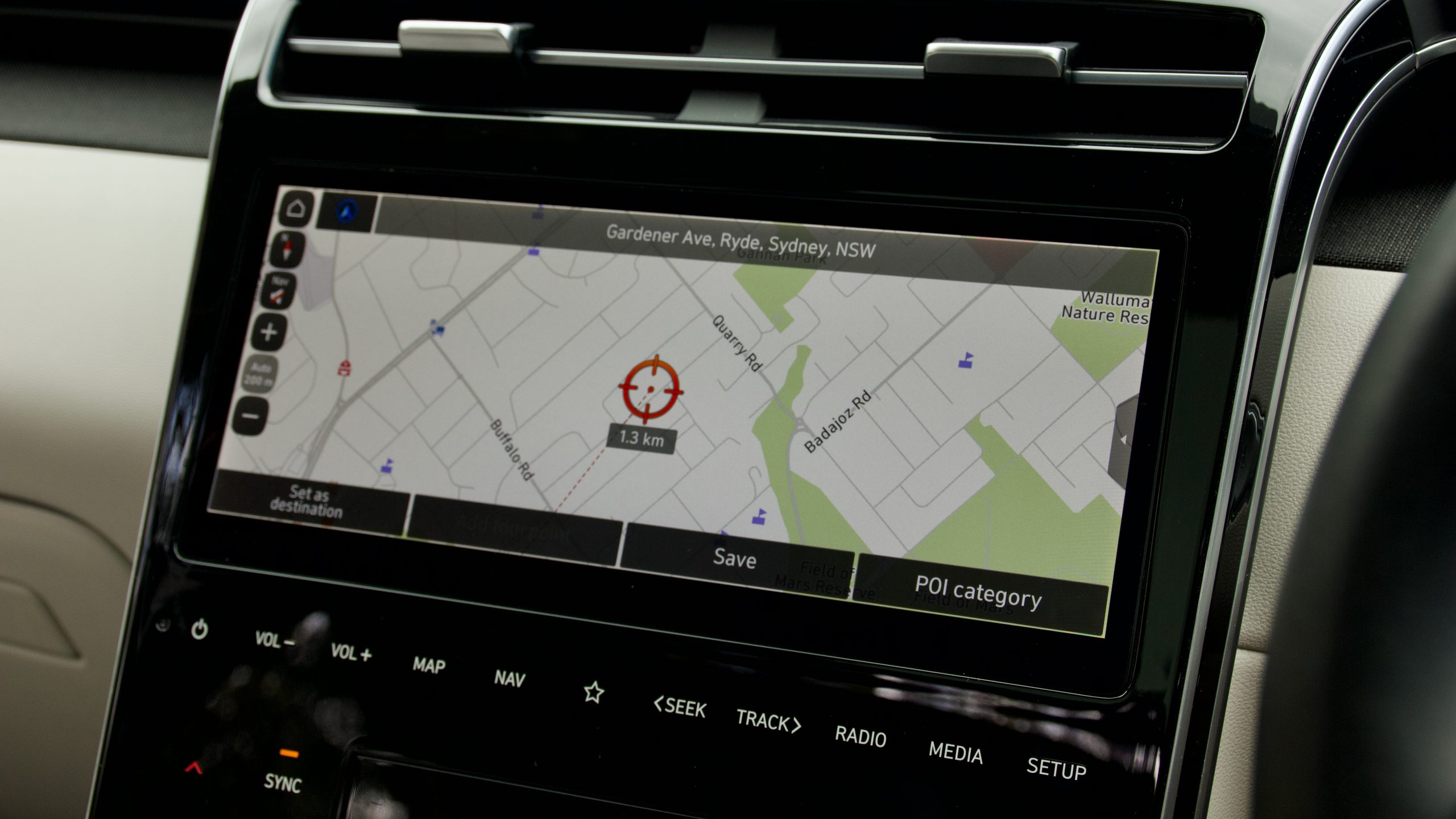
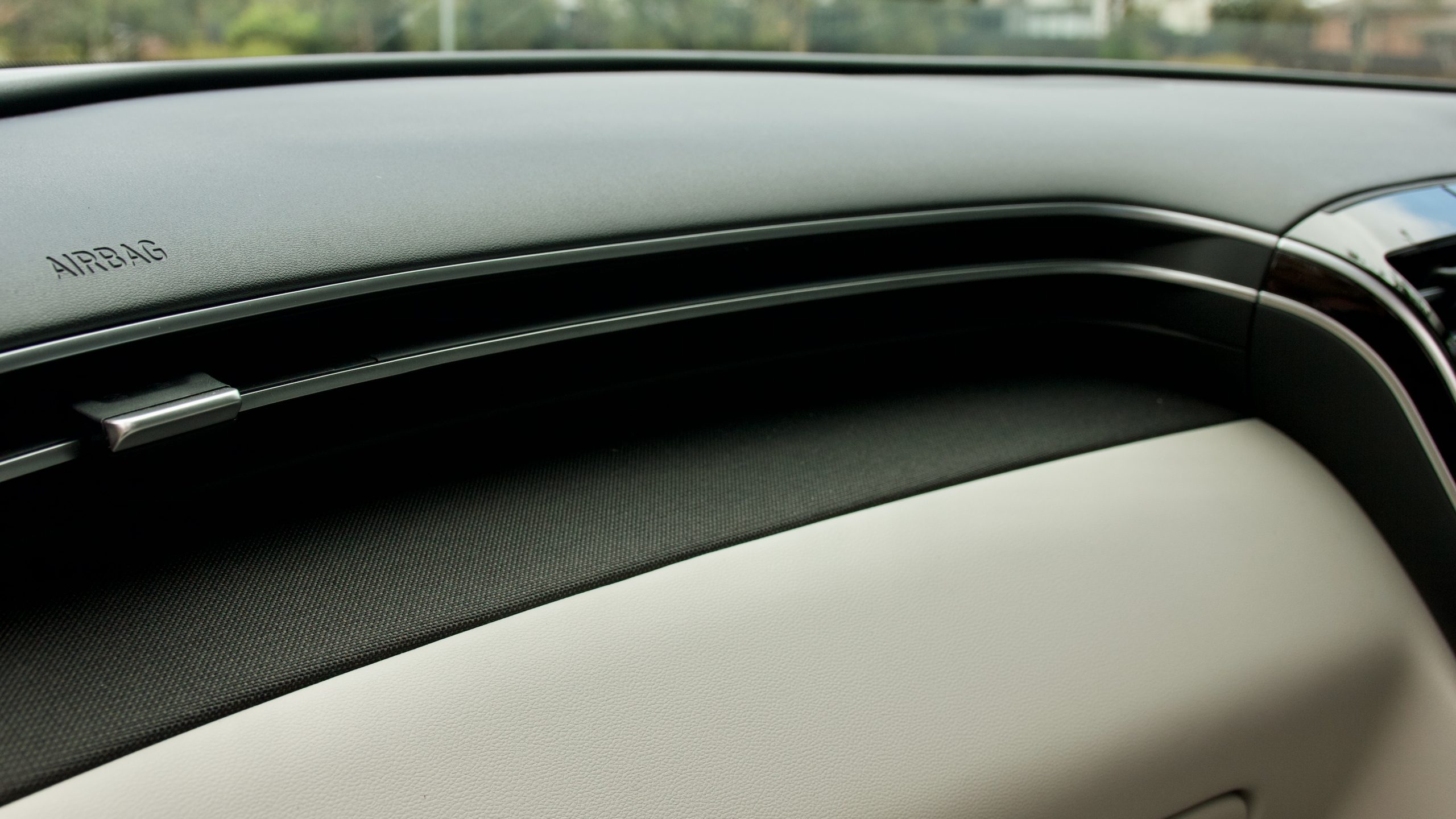
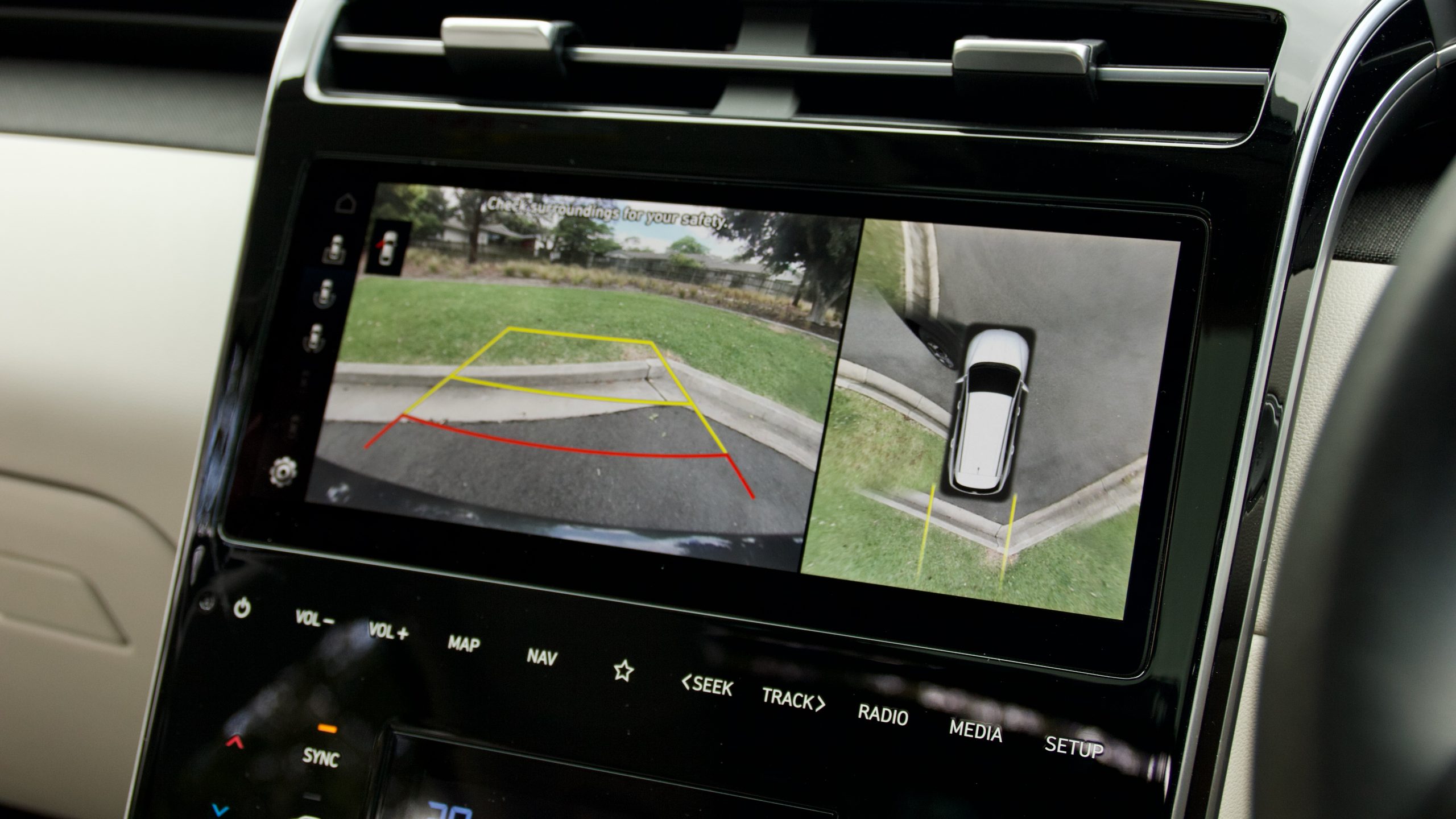
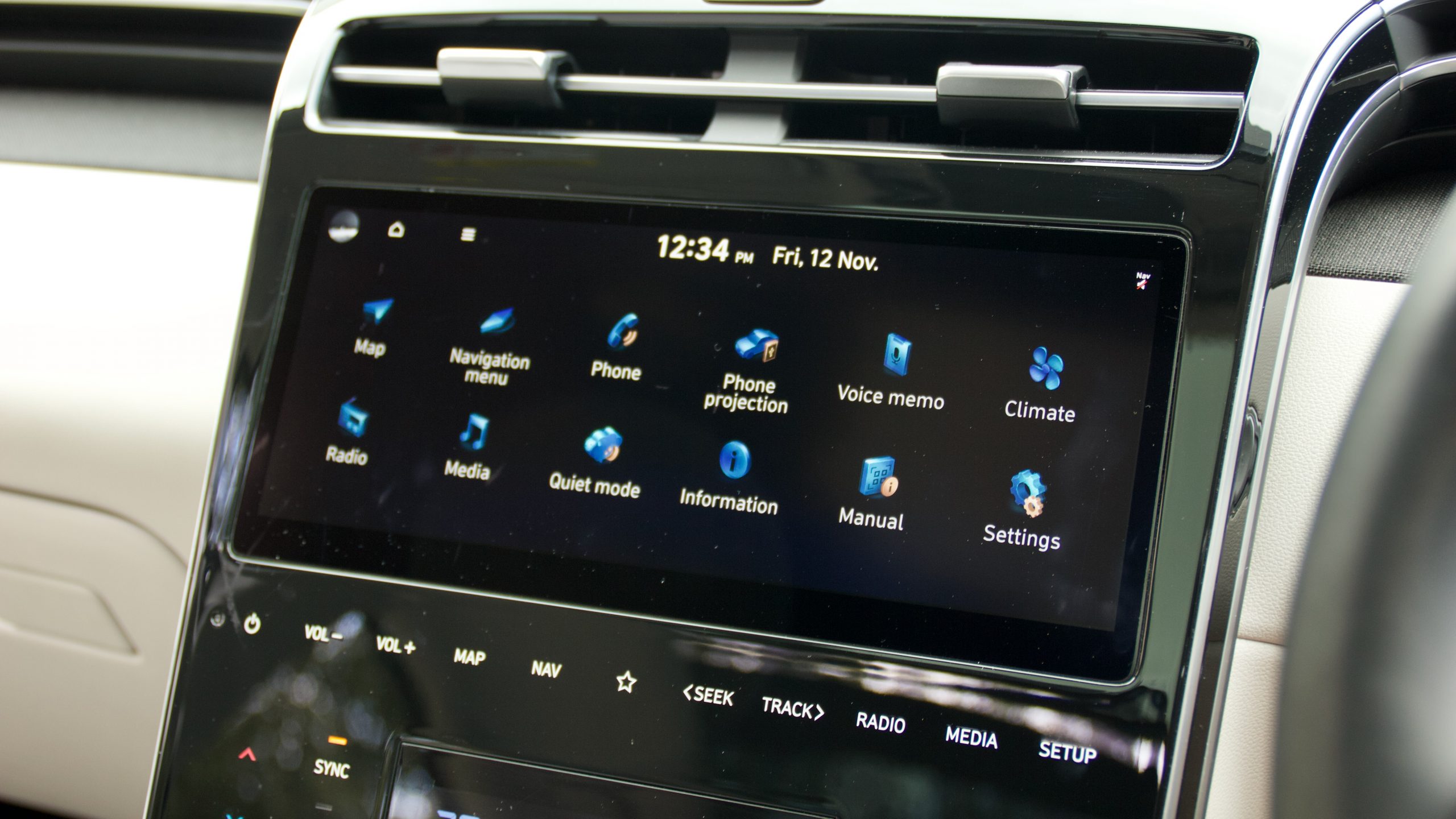
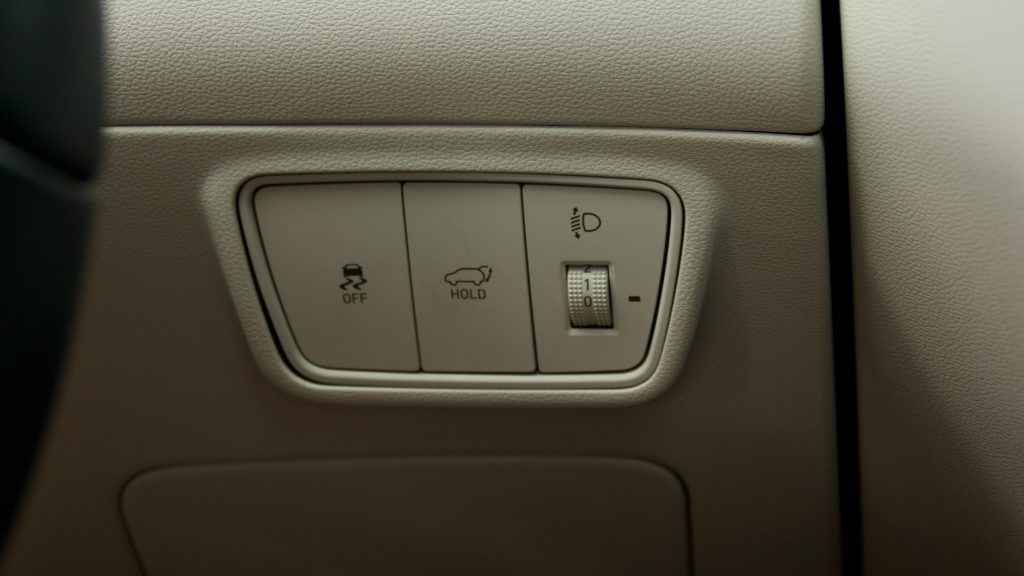
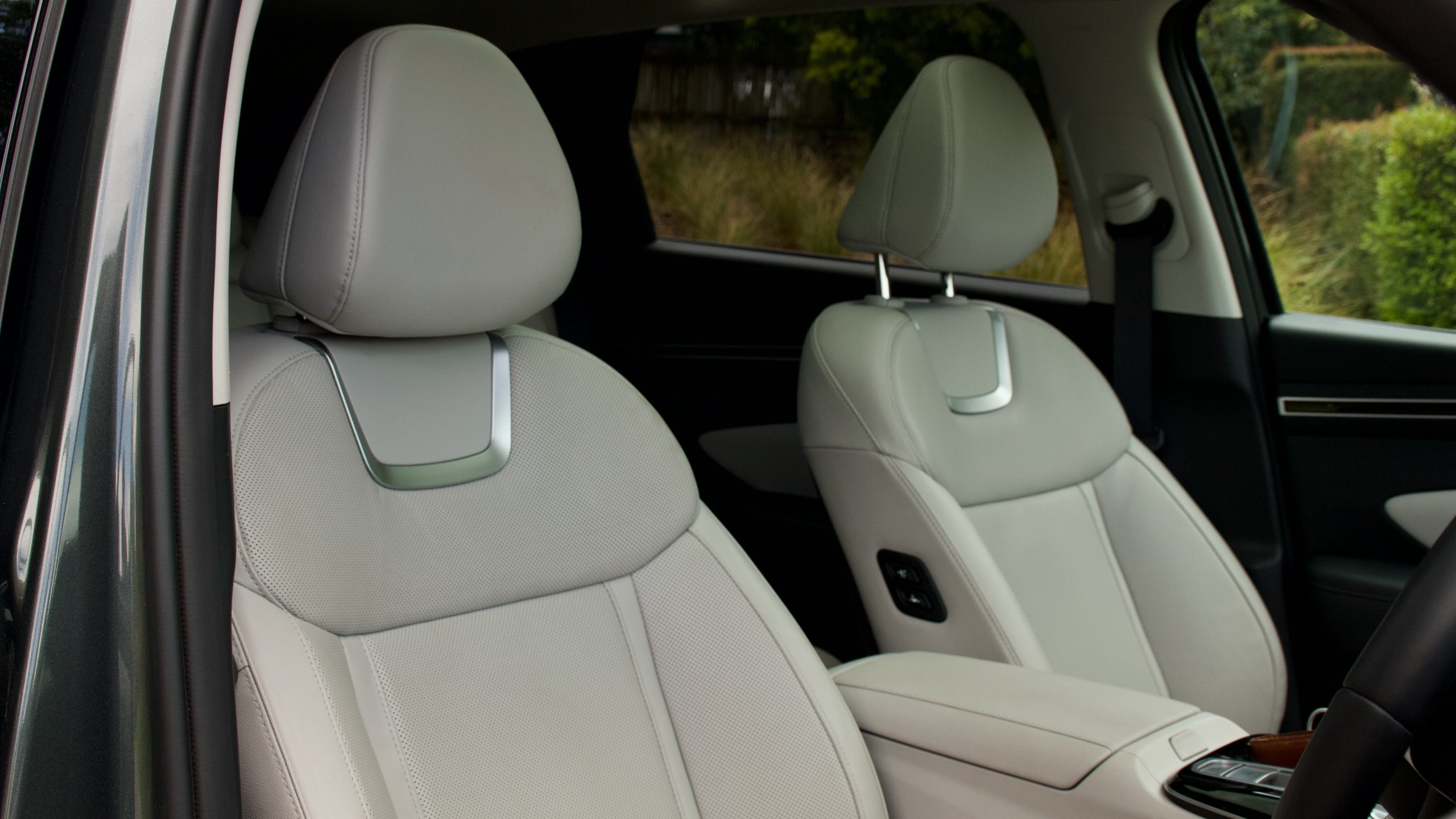
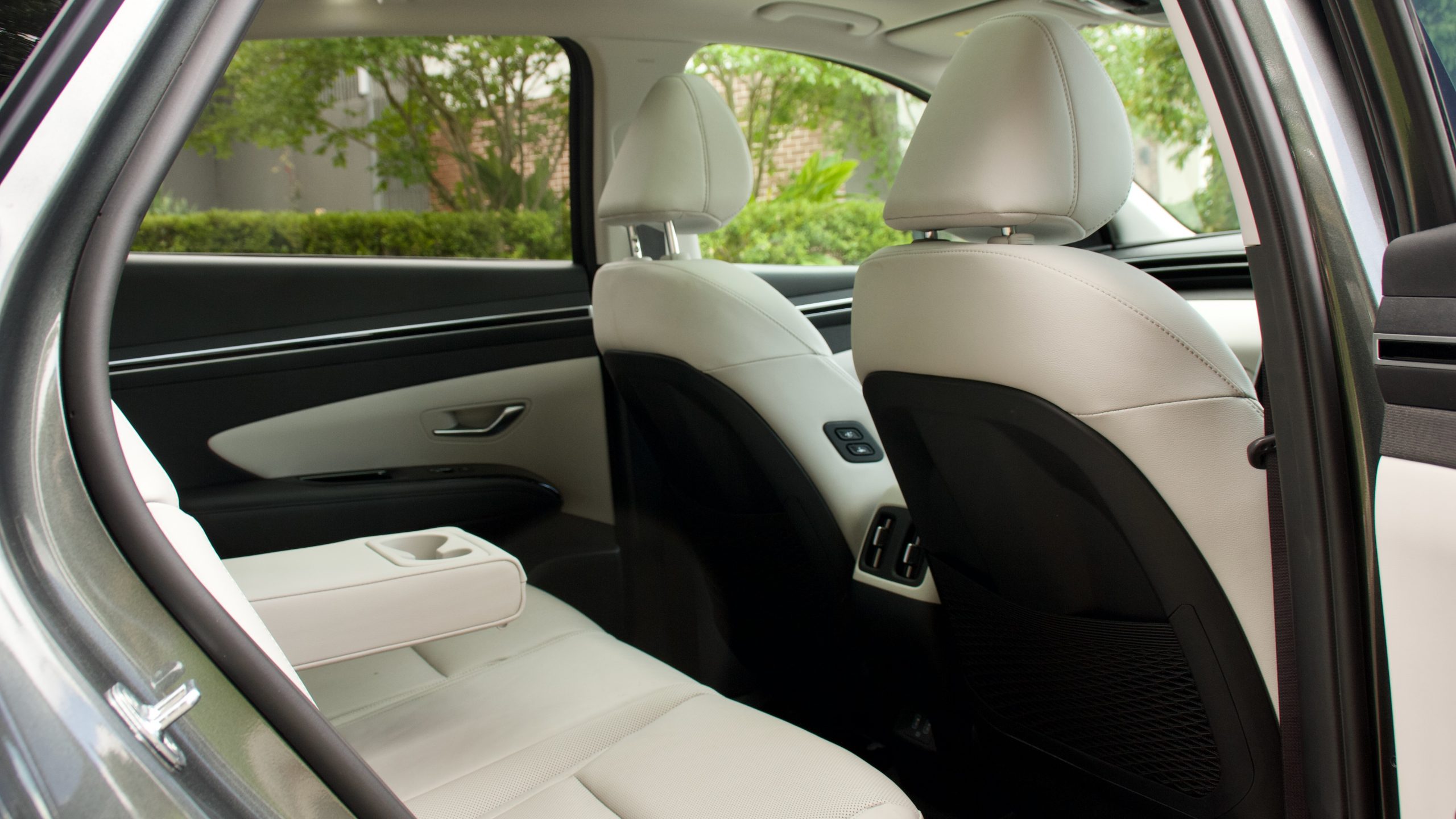
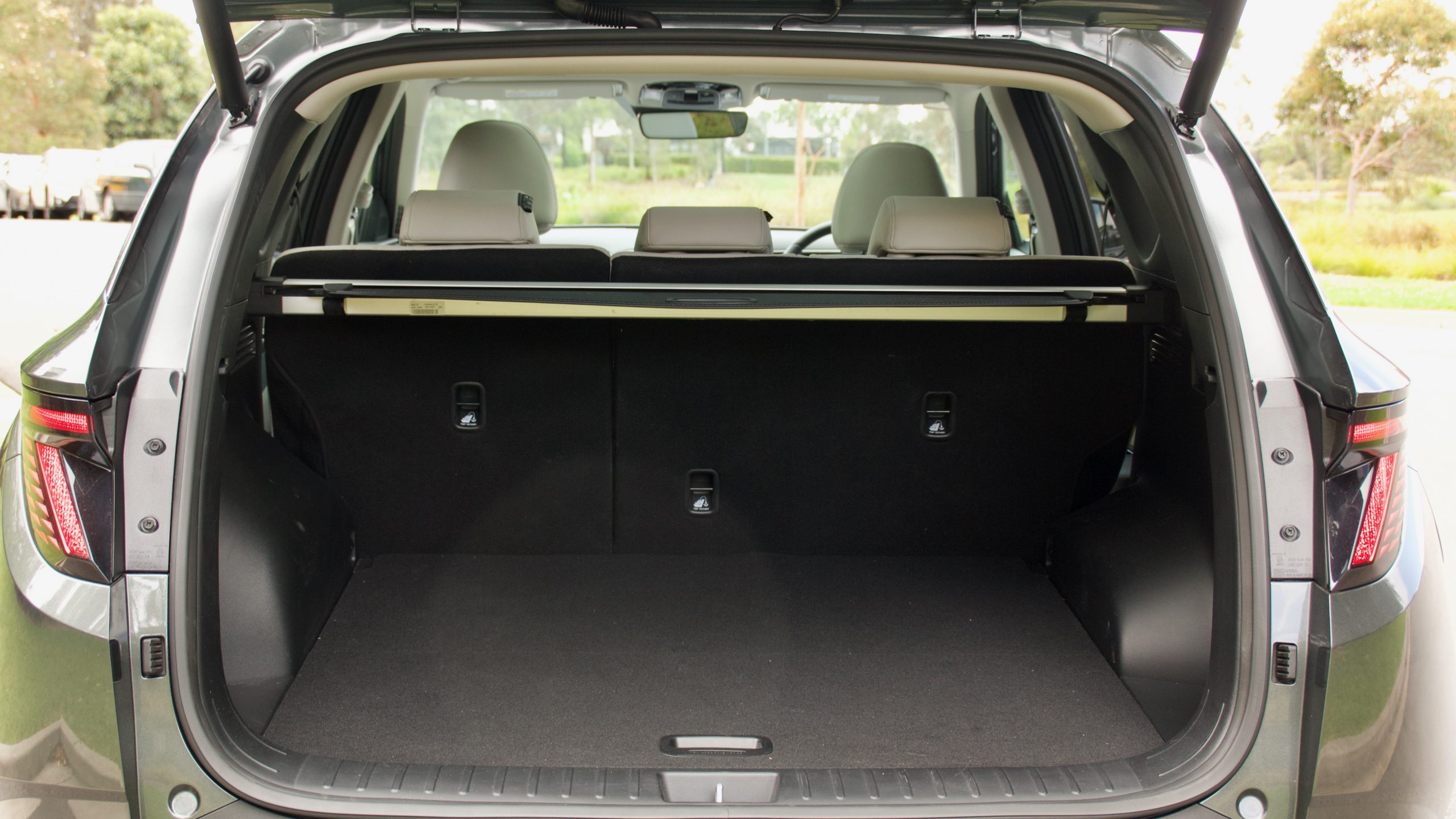
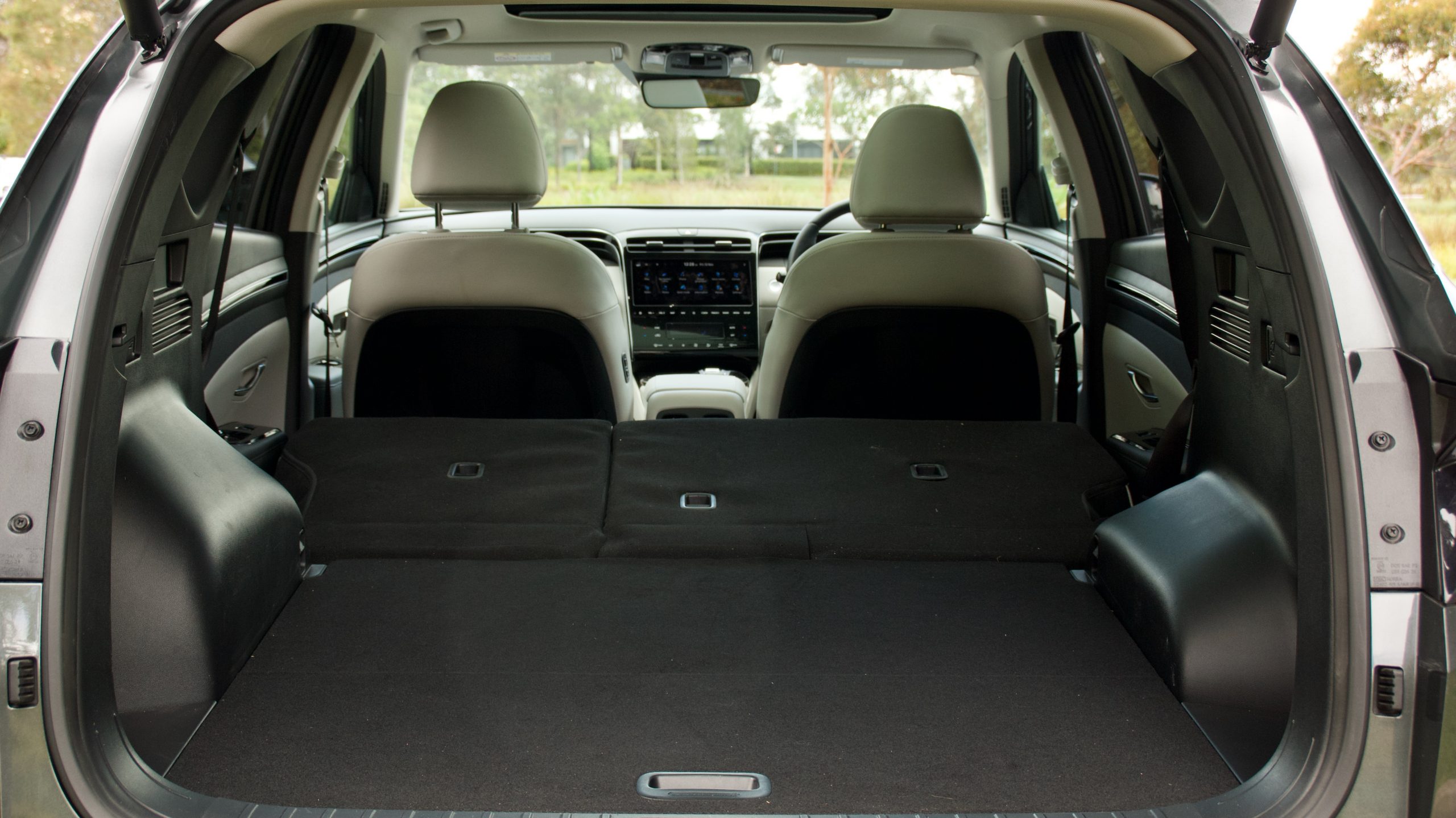
Leave a Reply